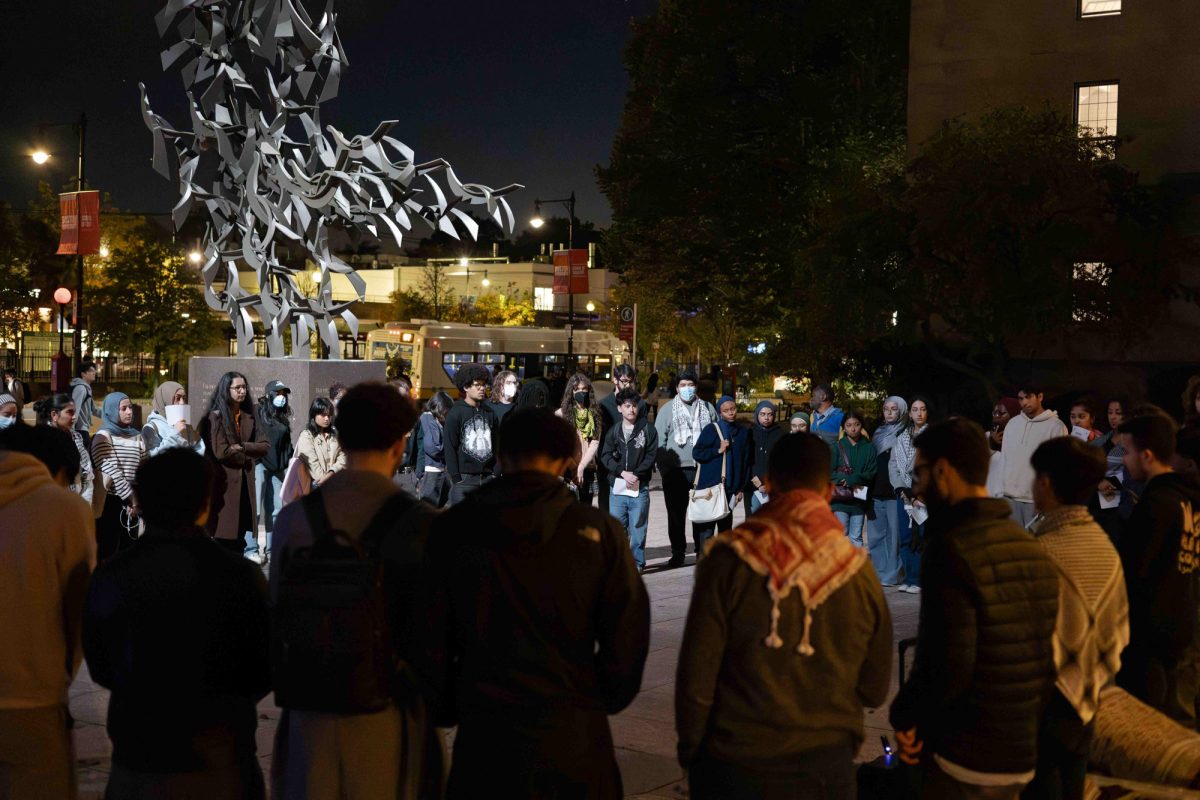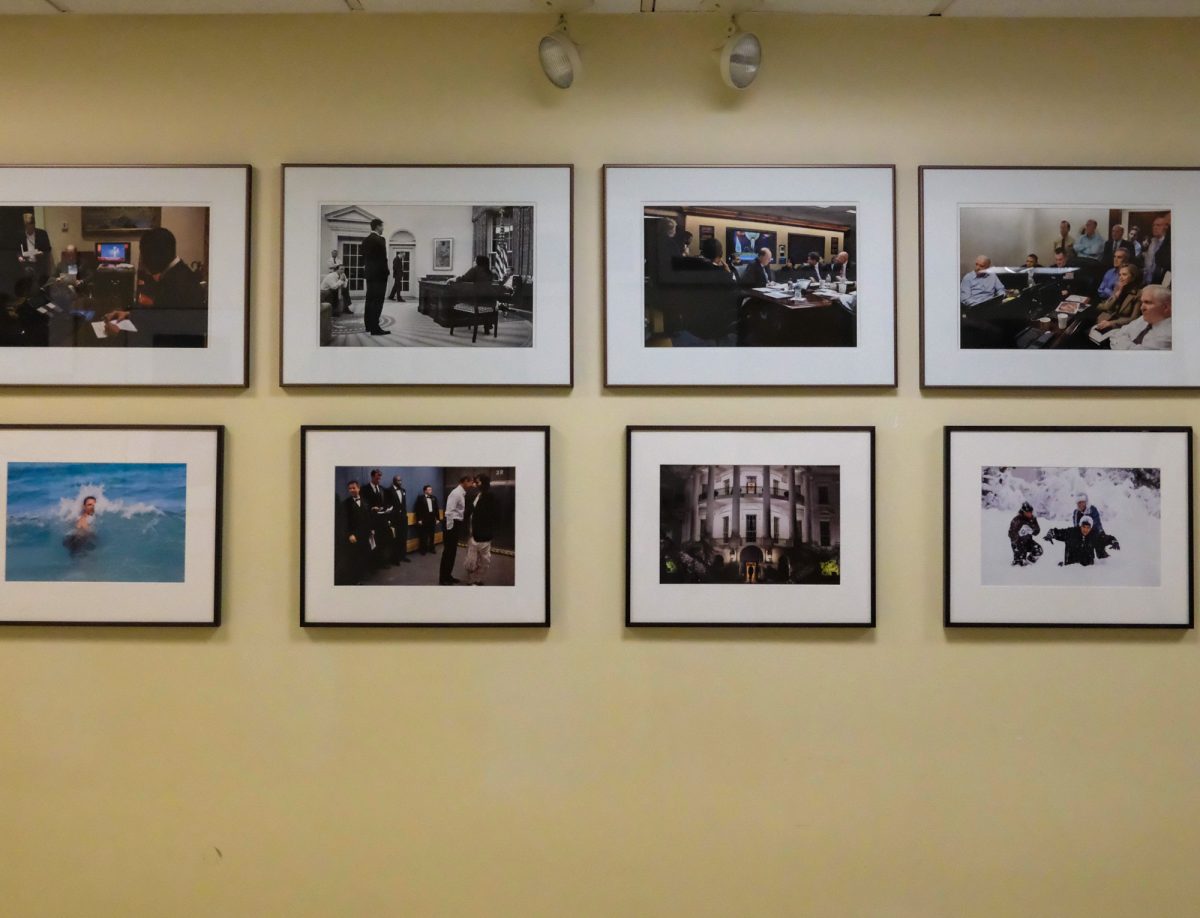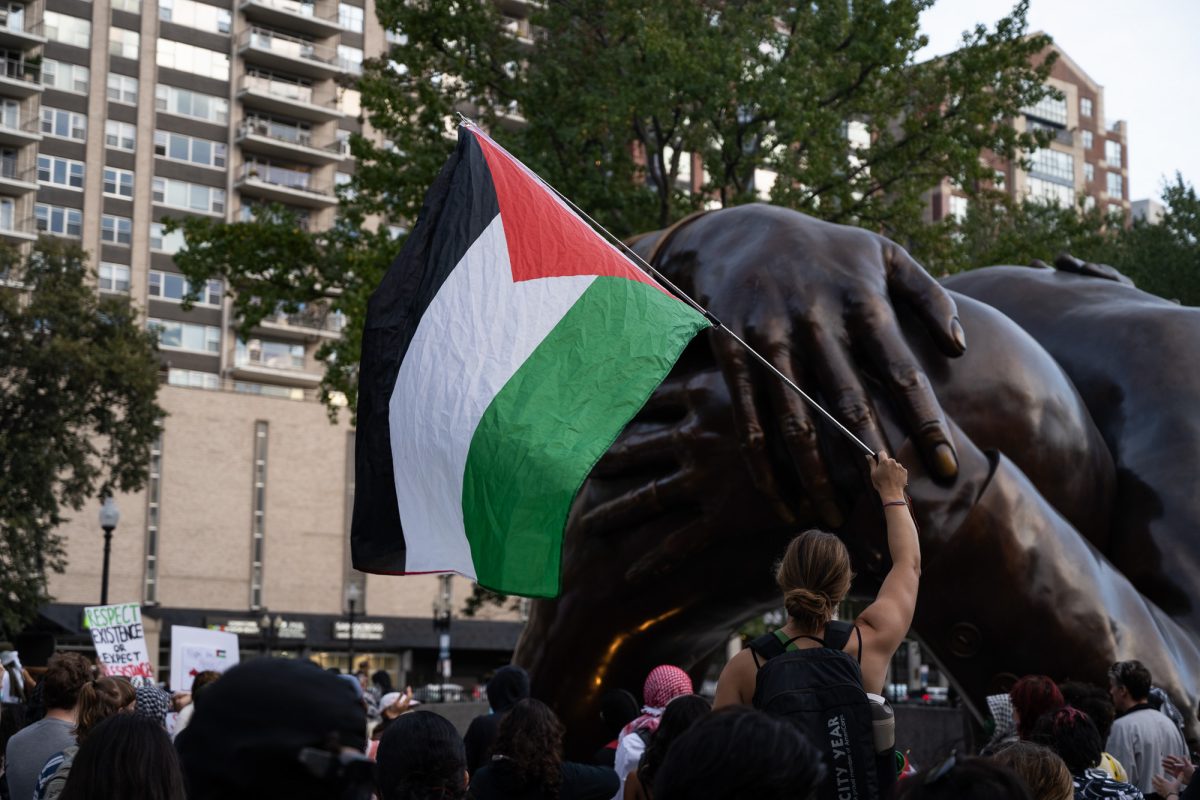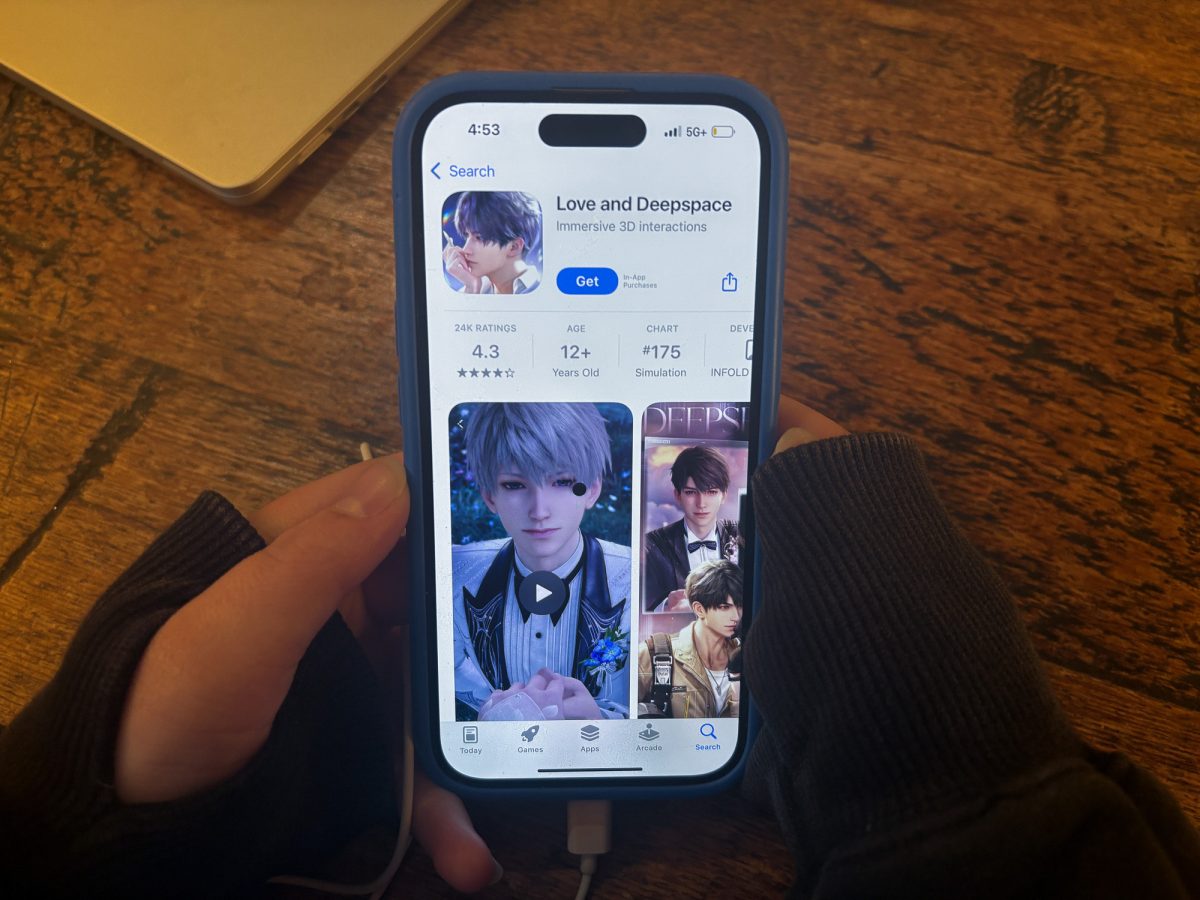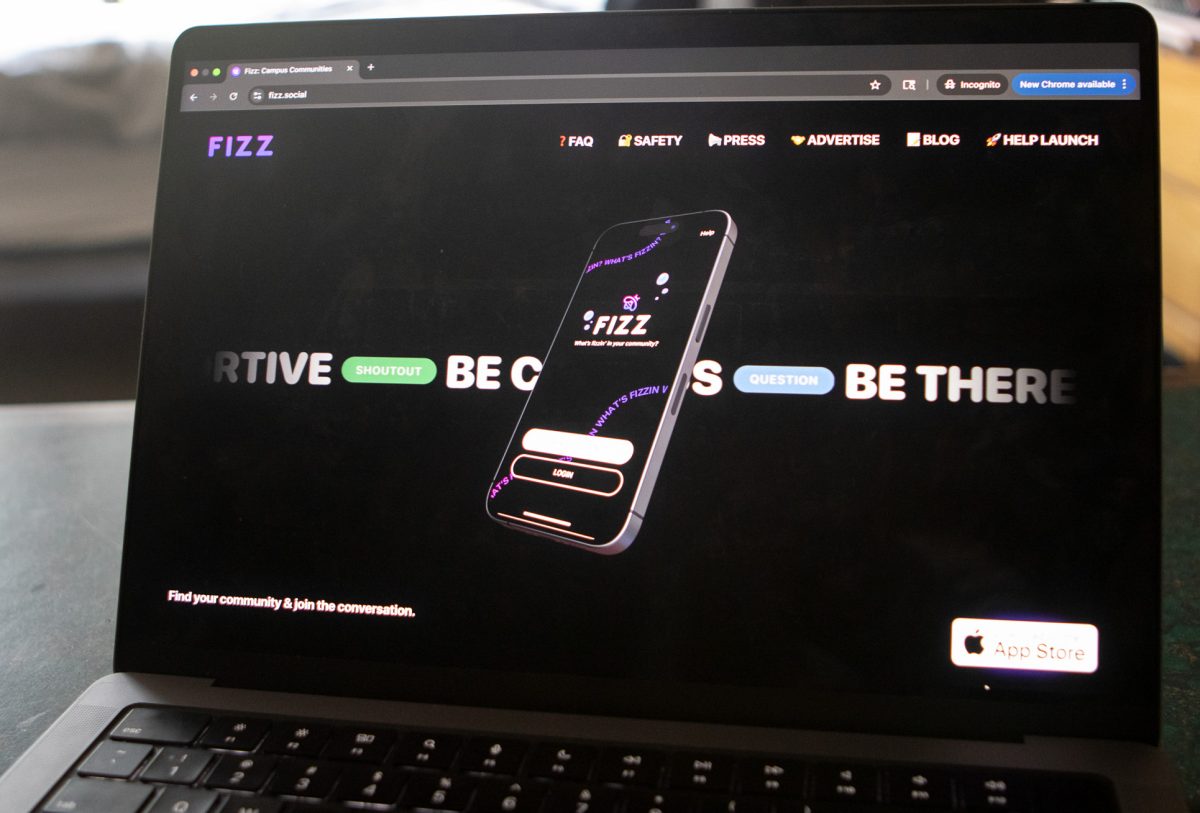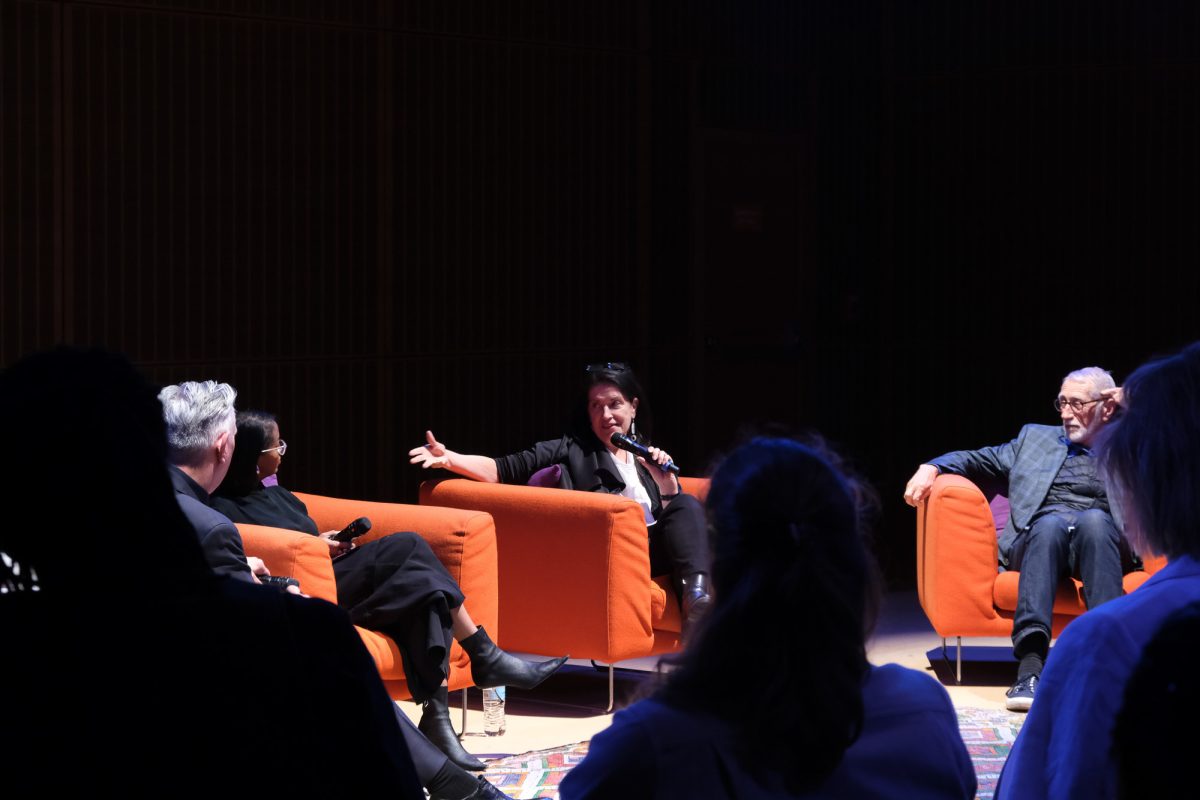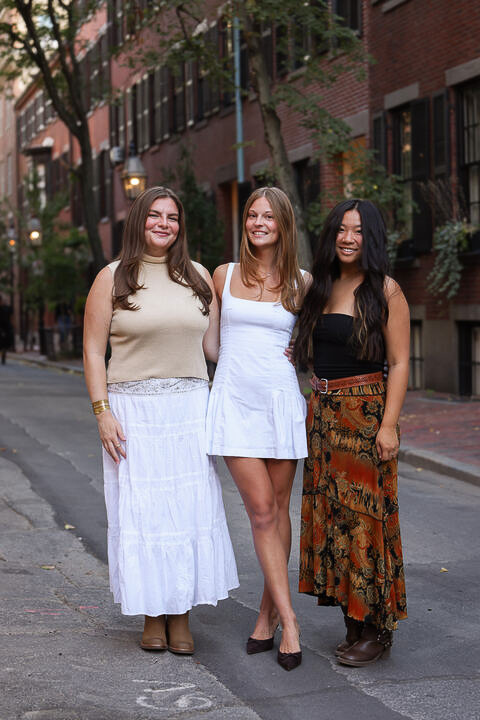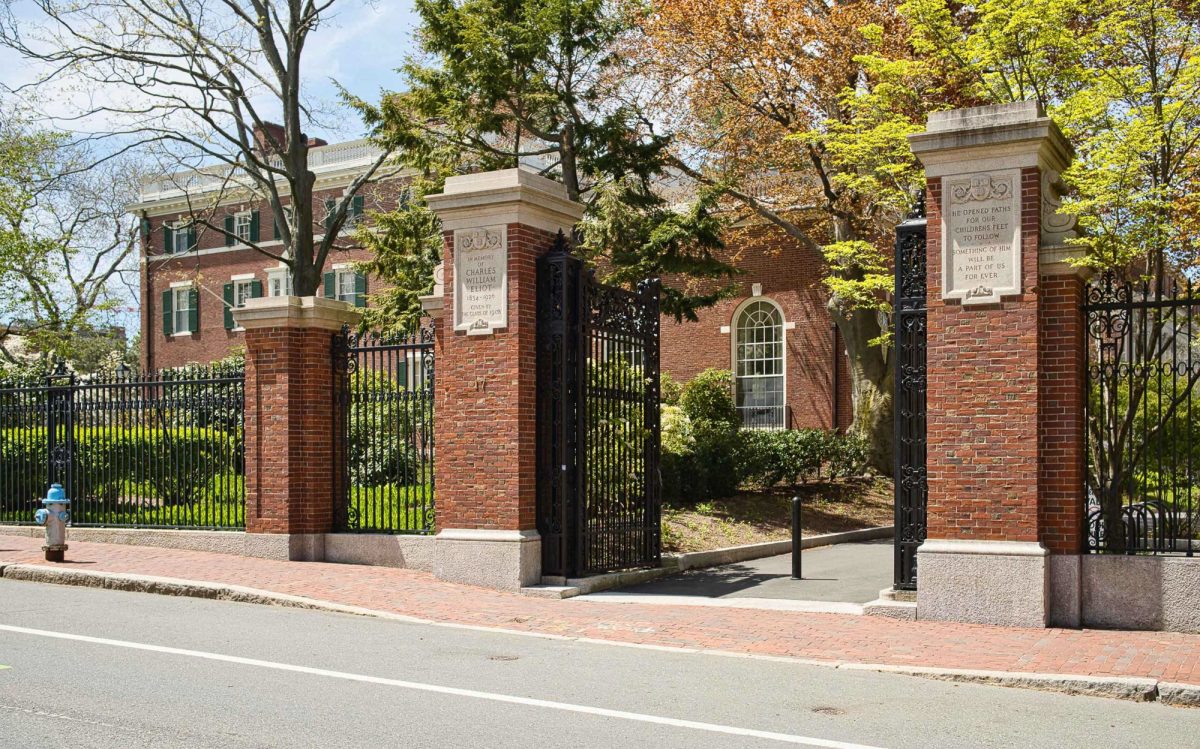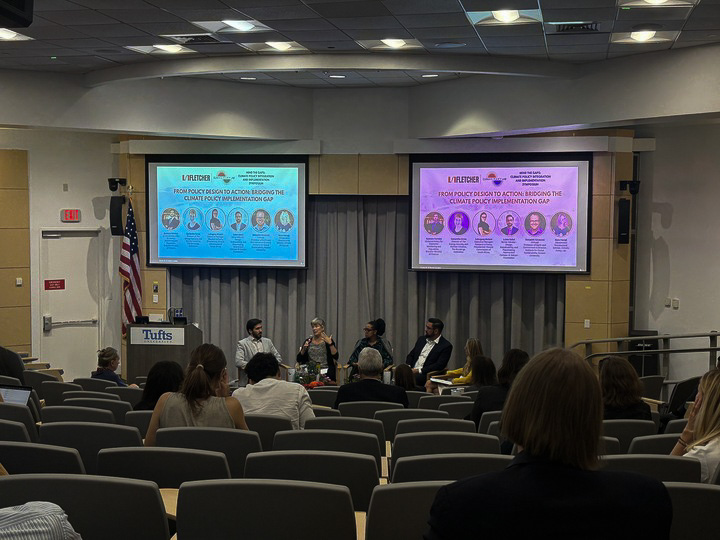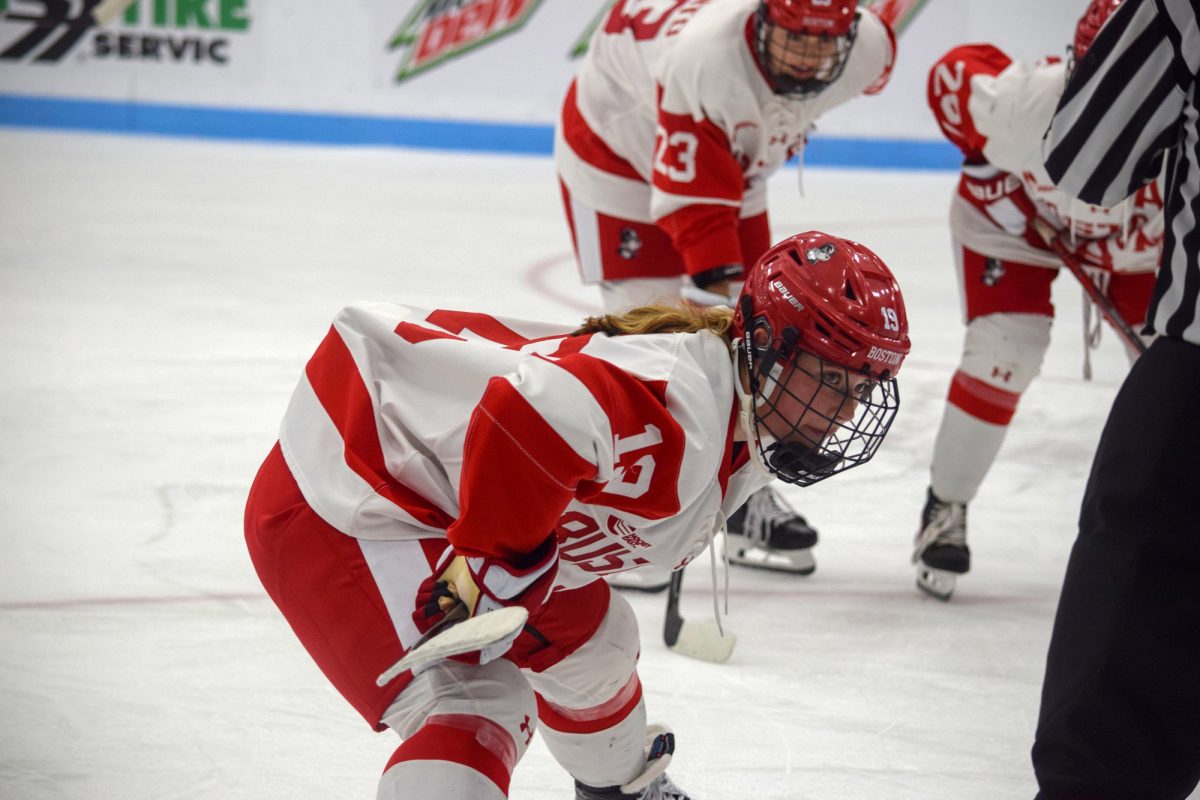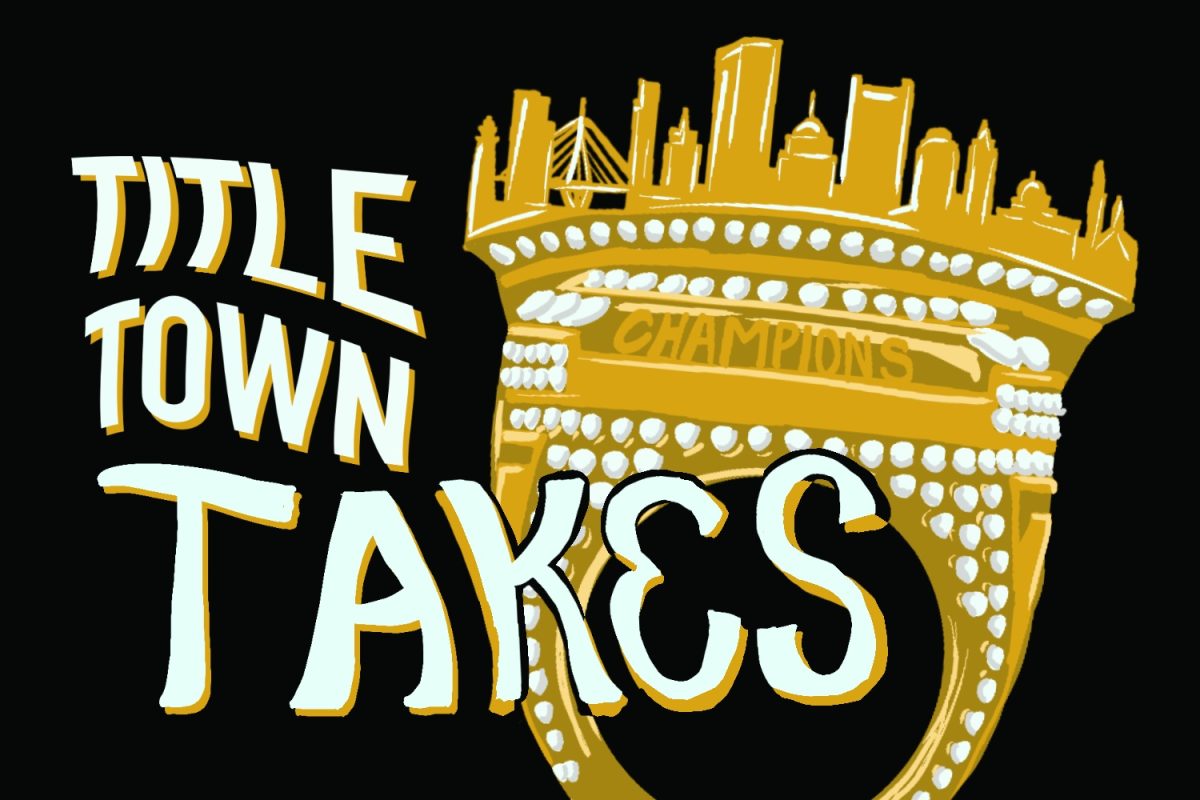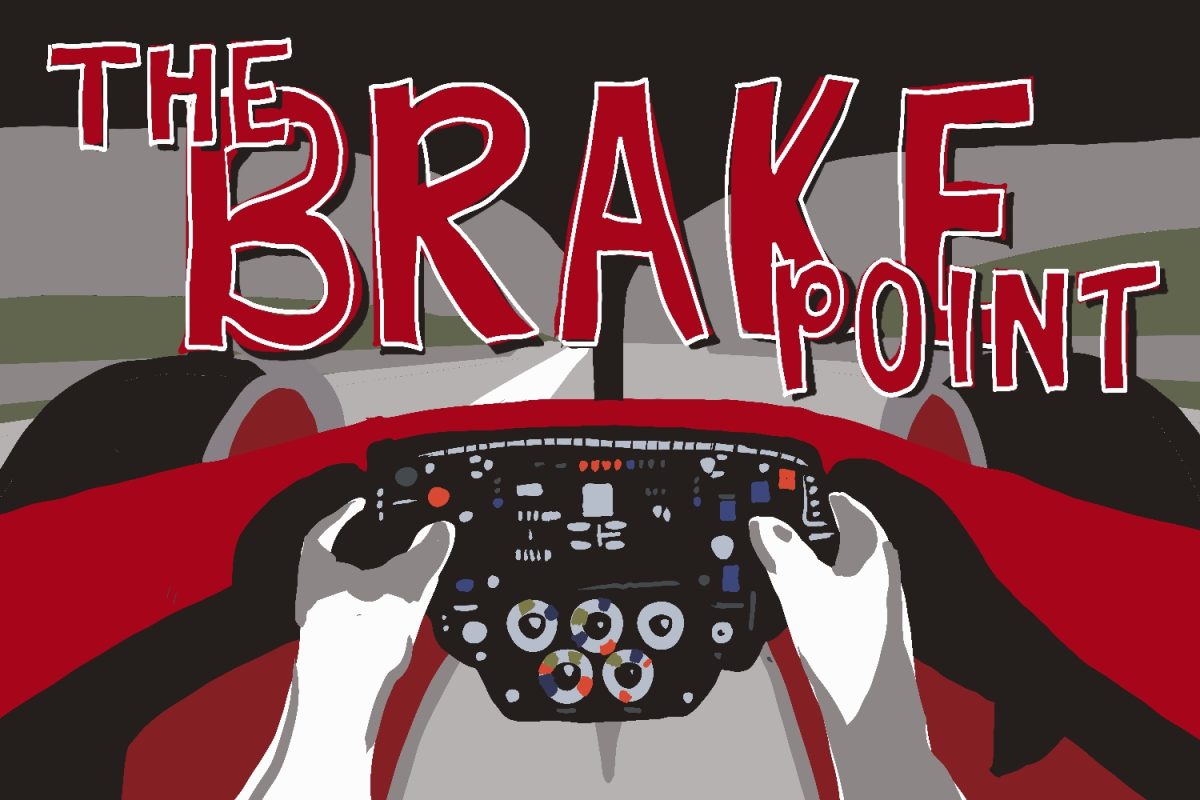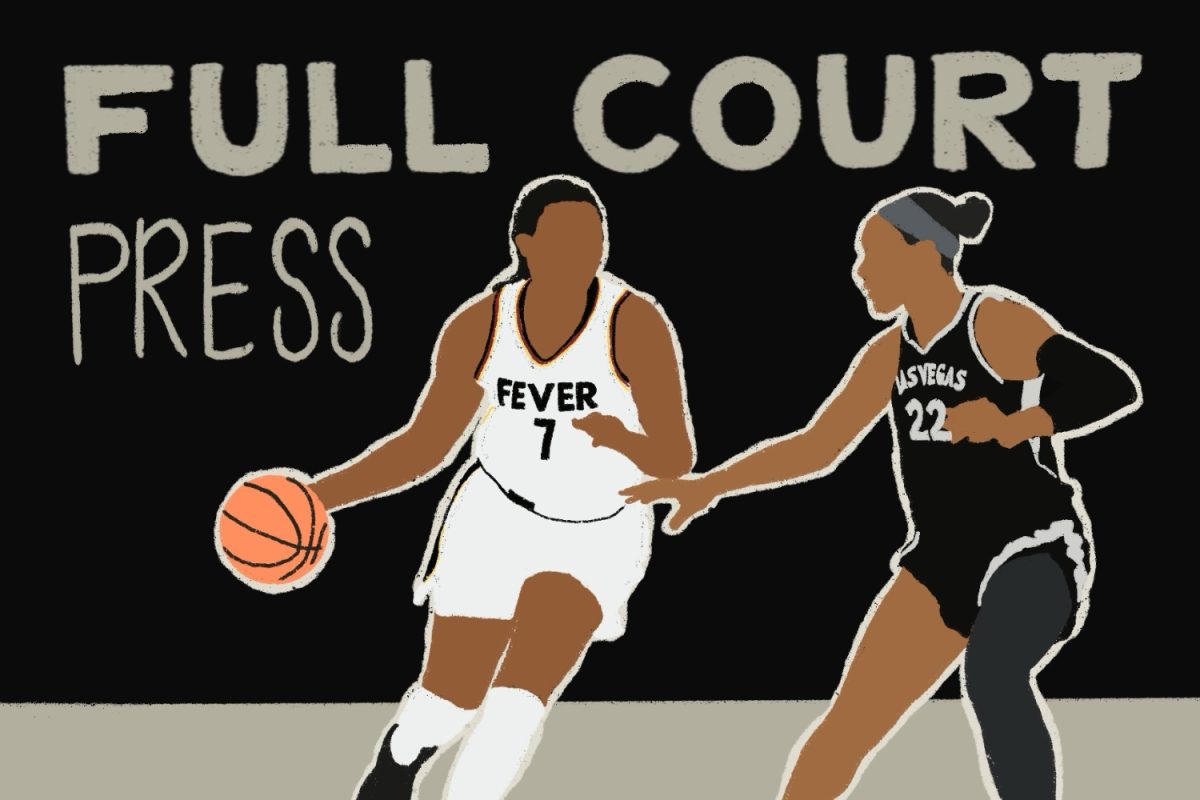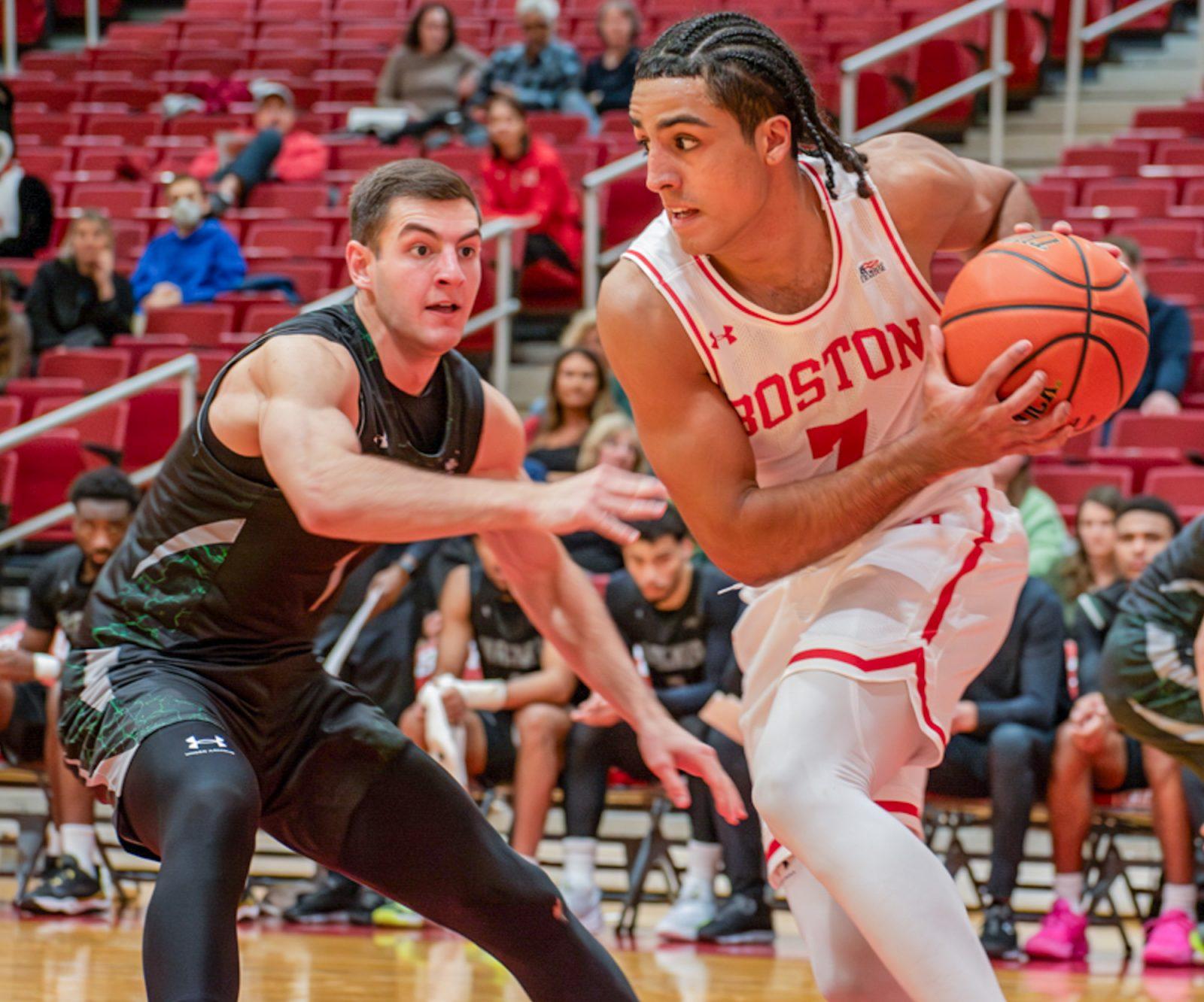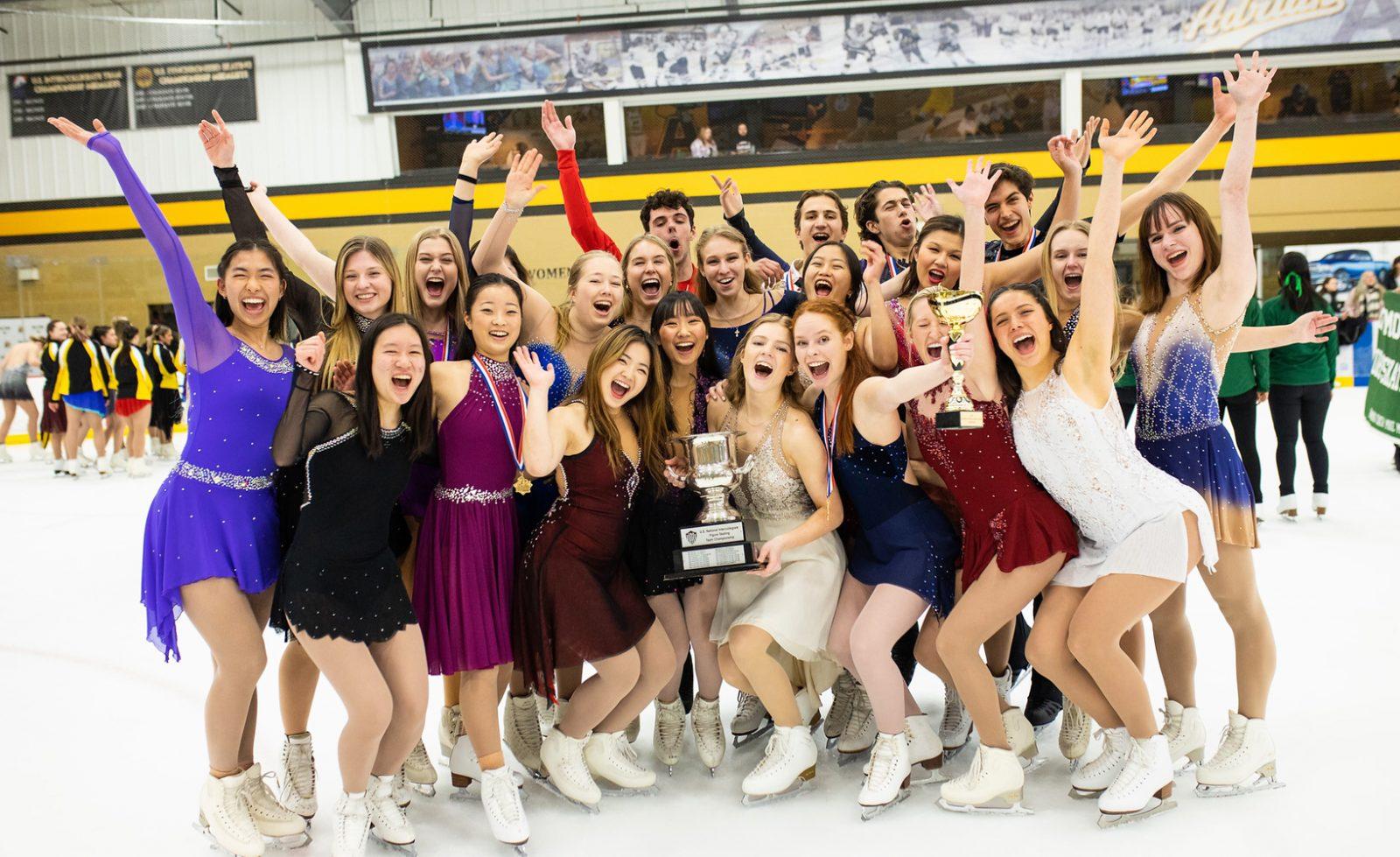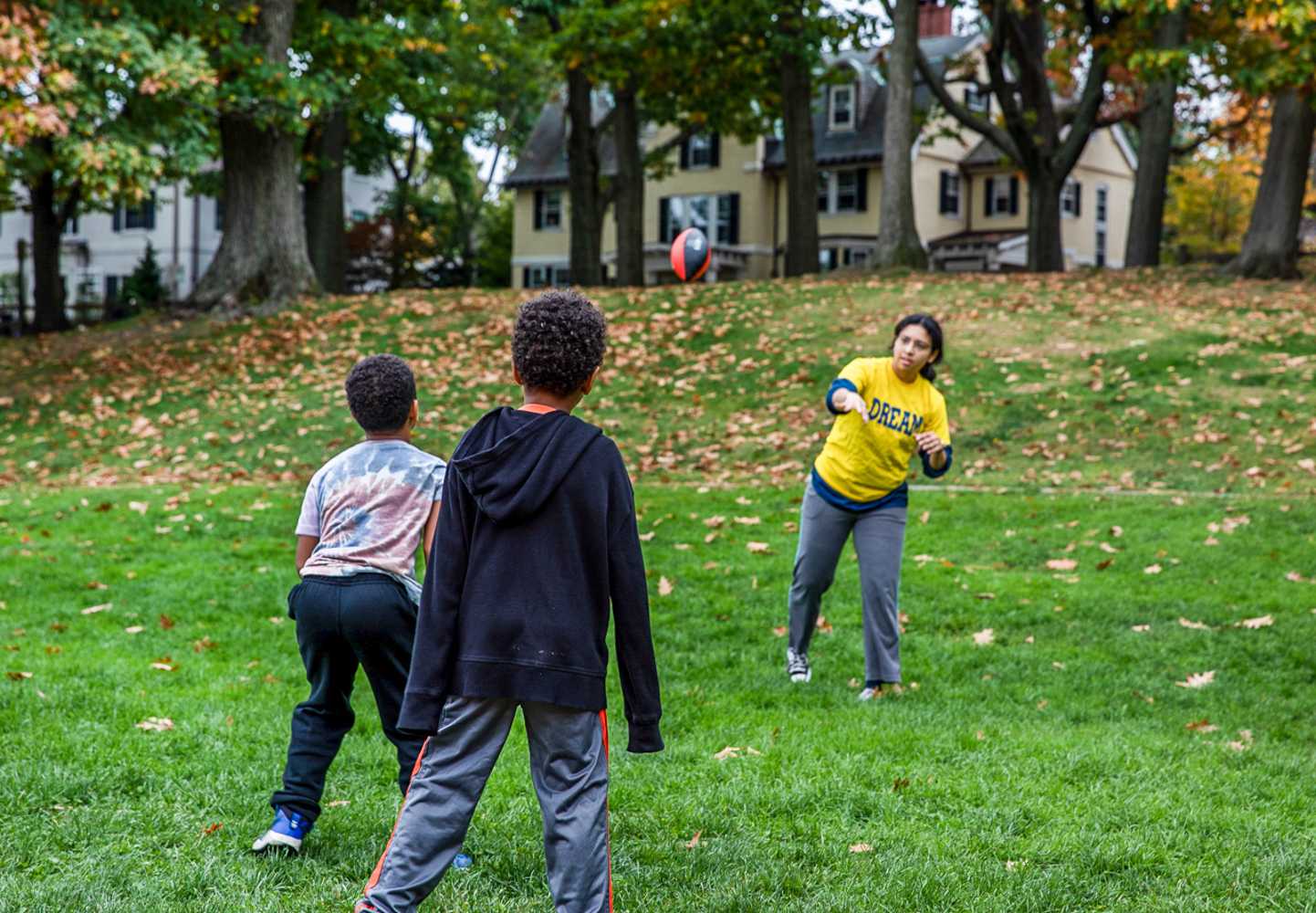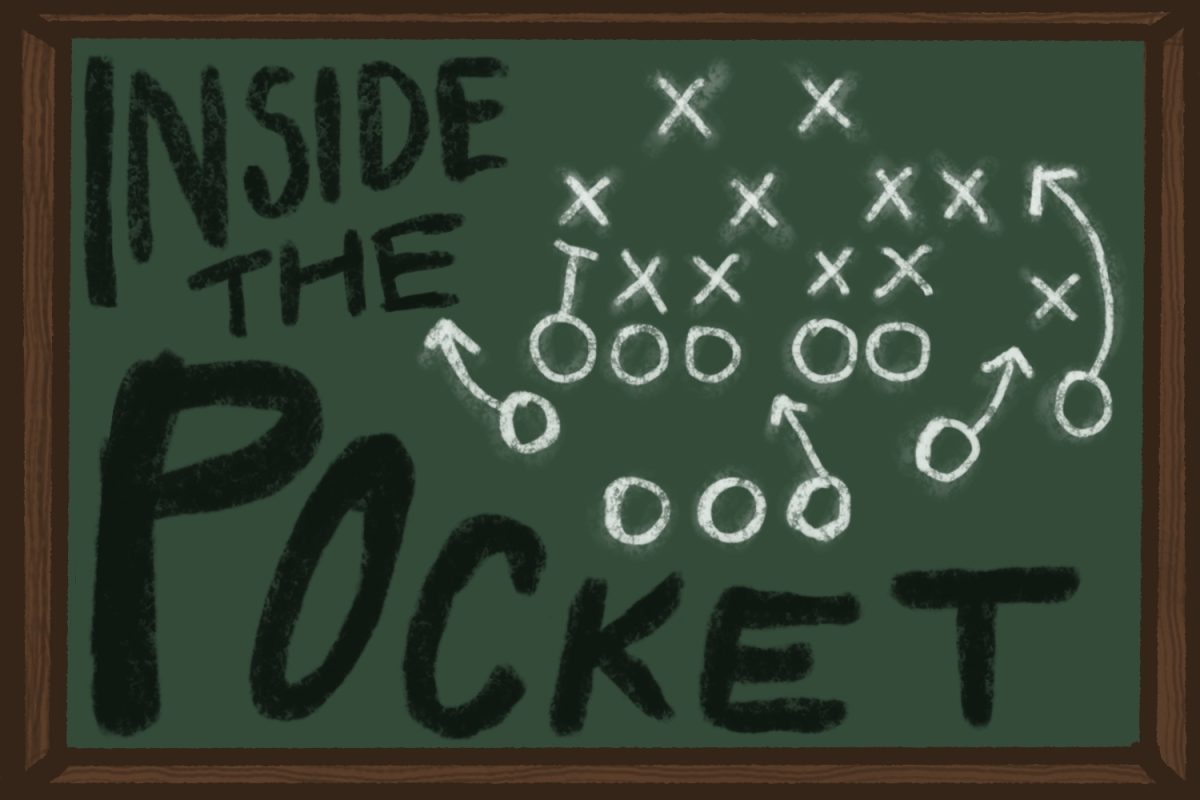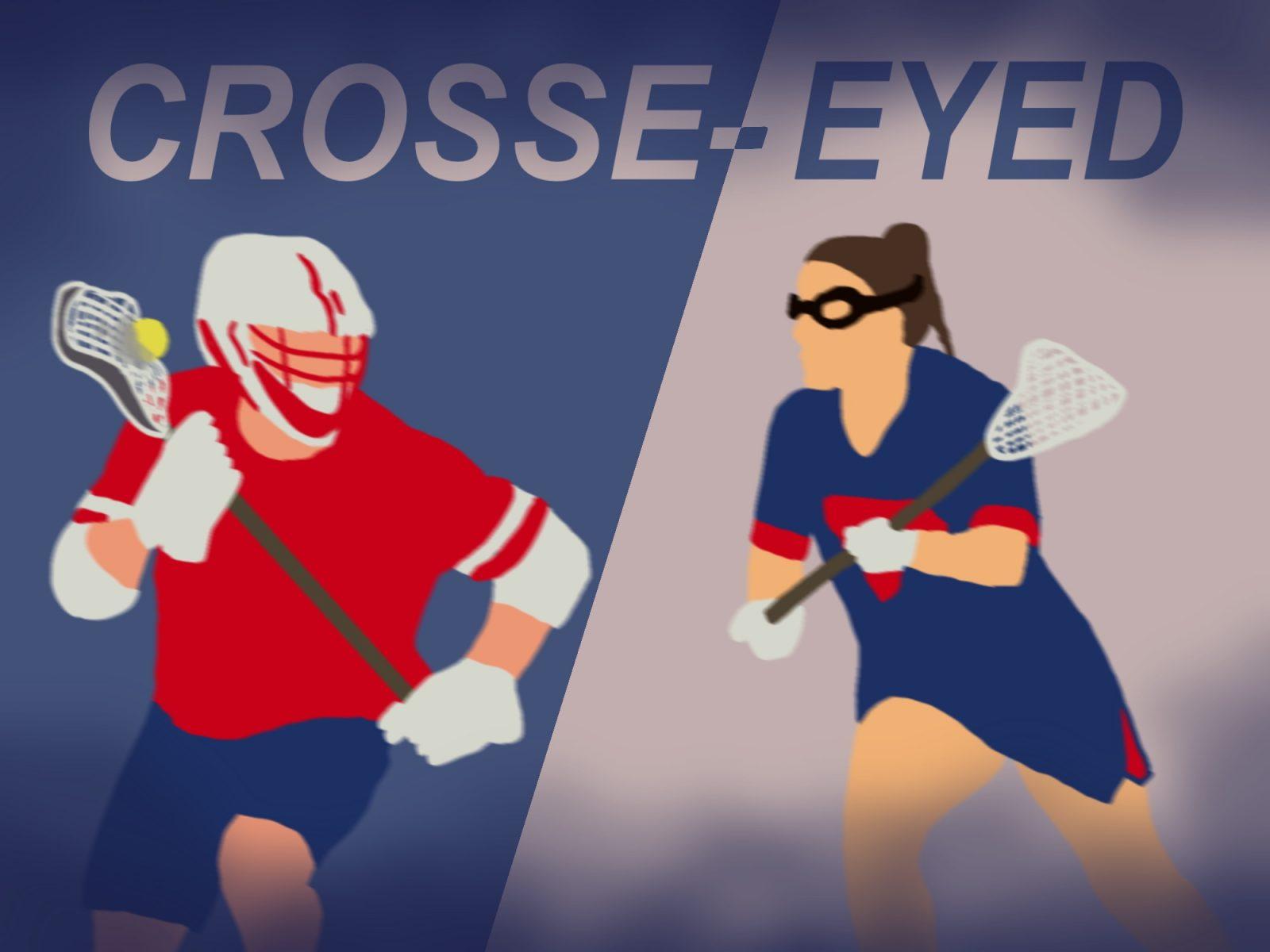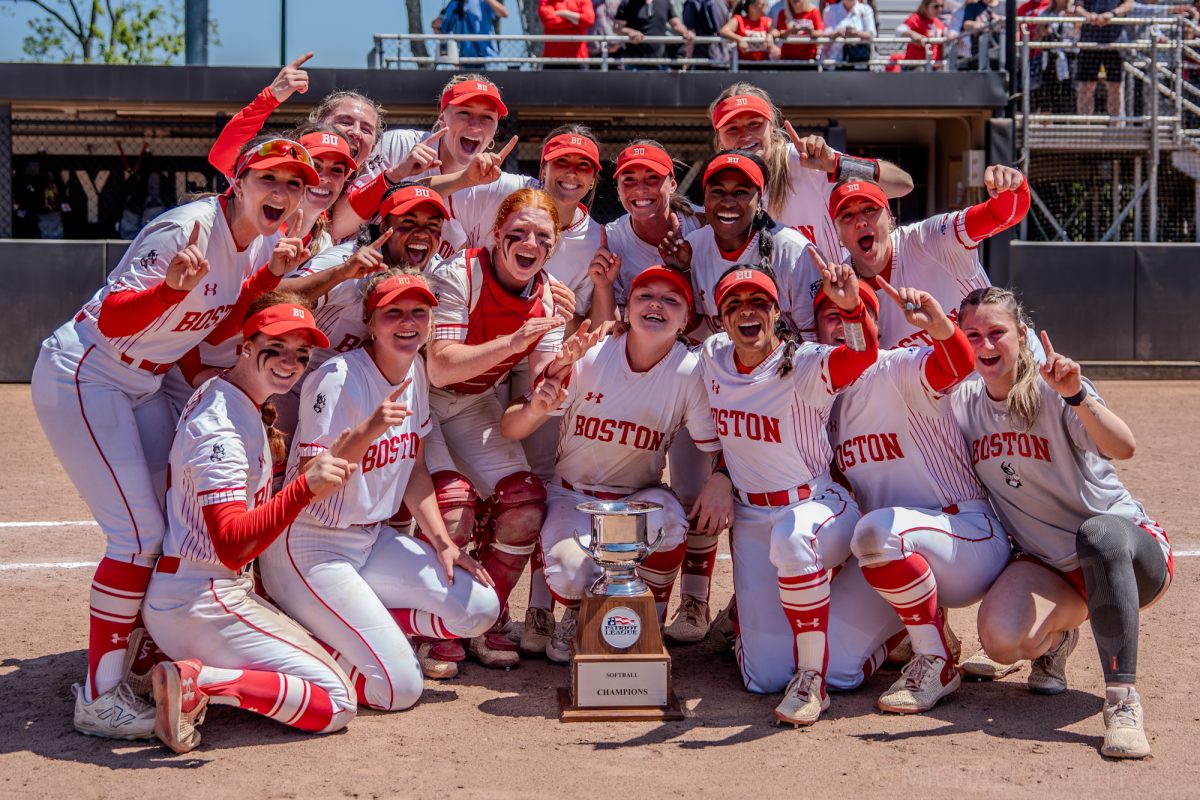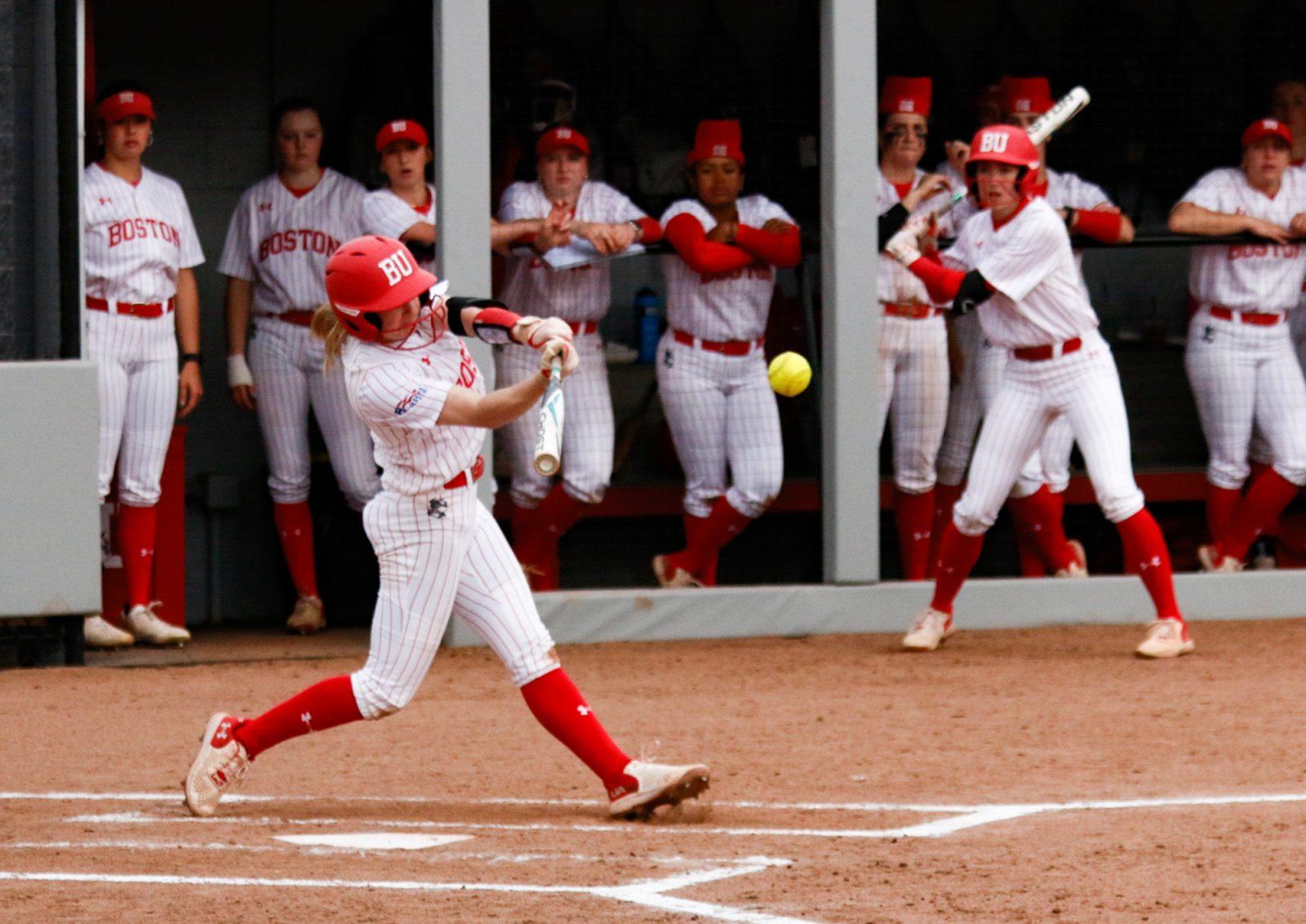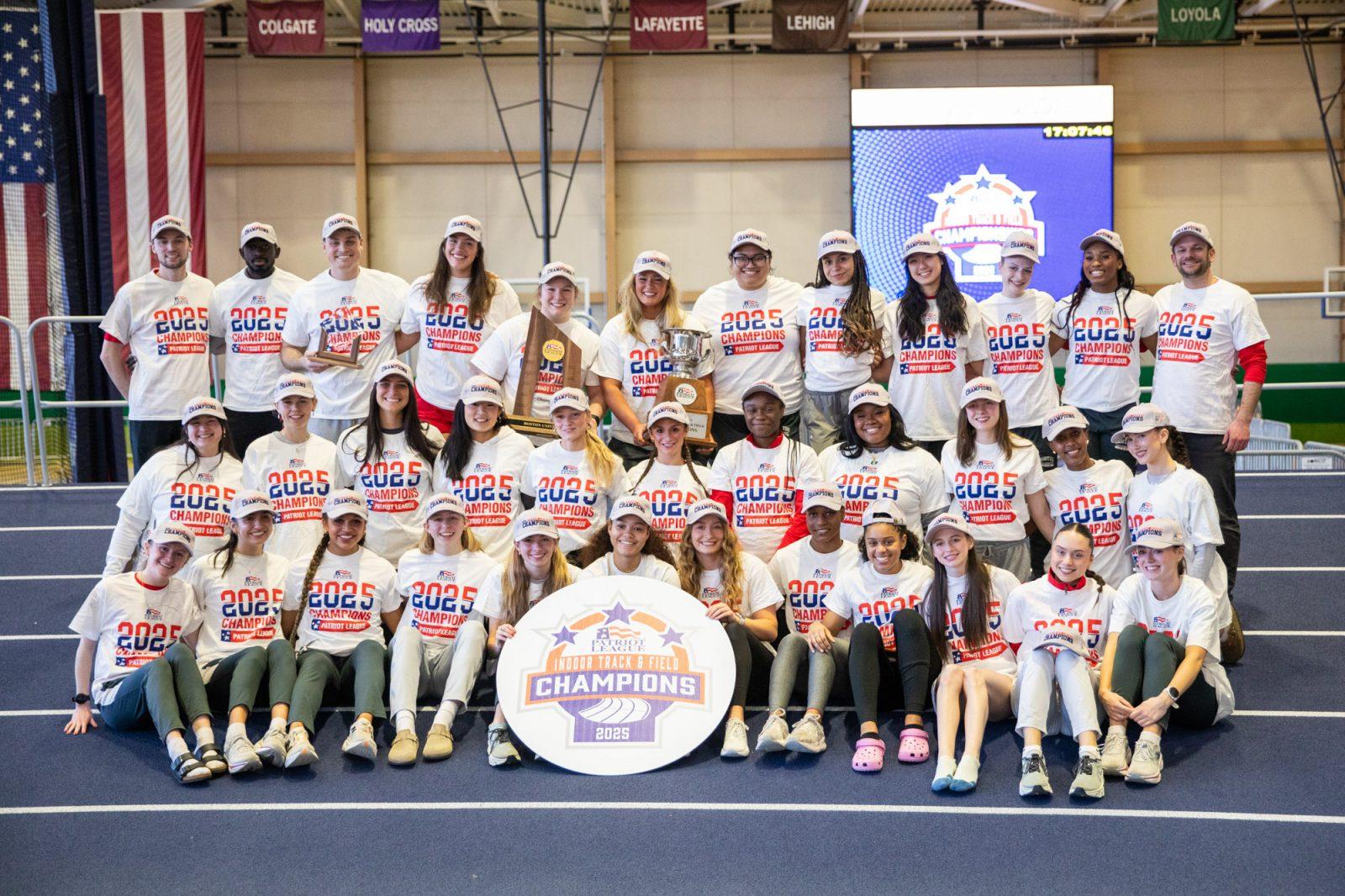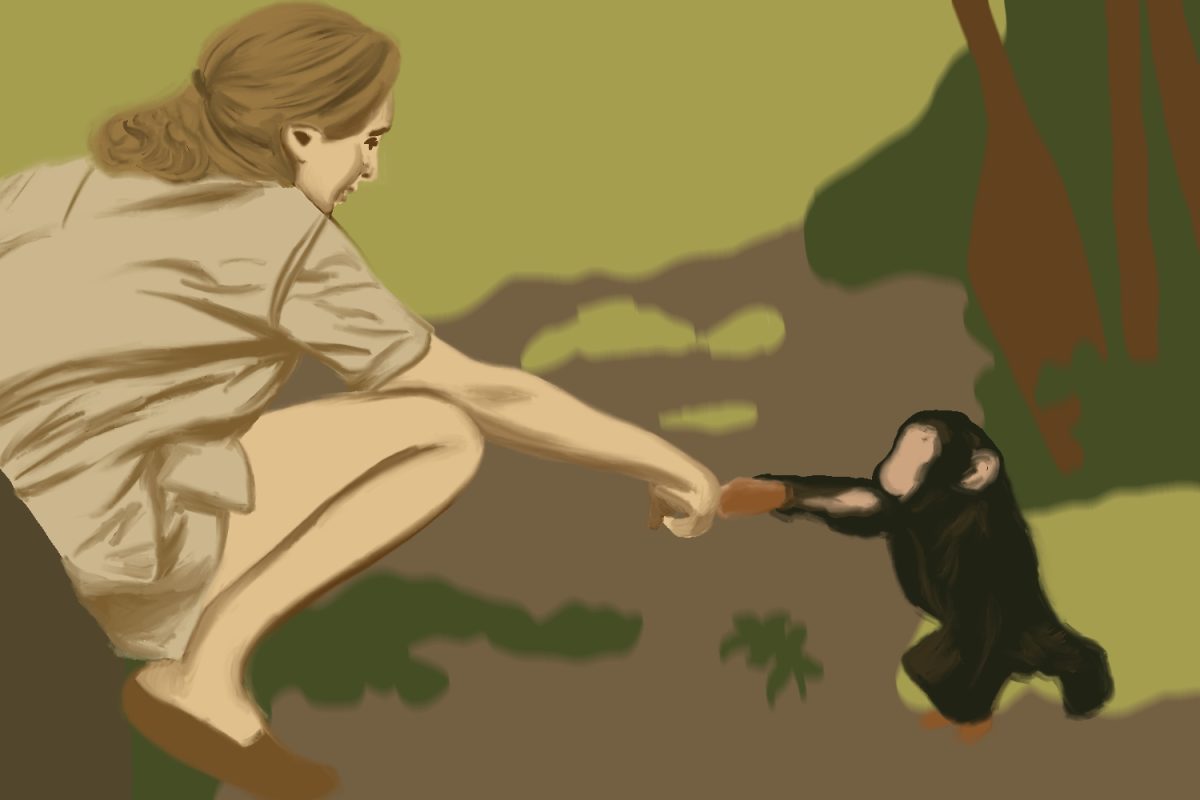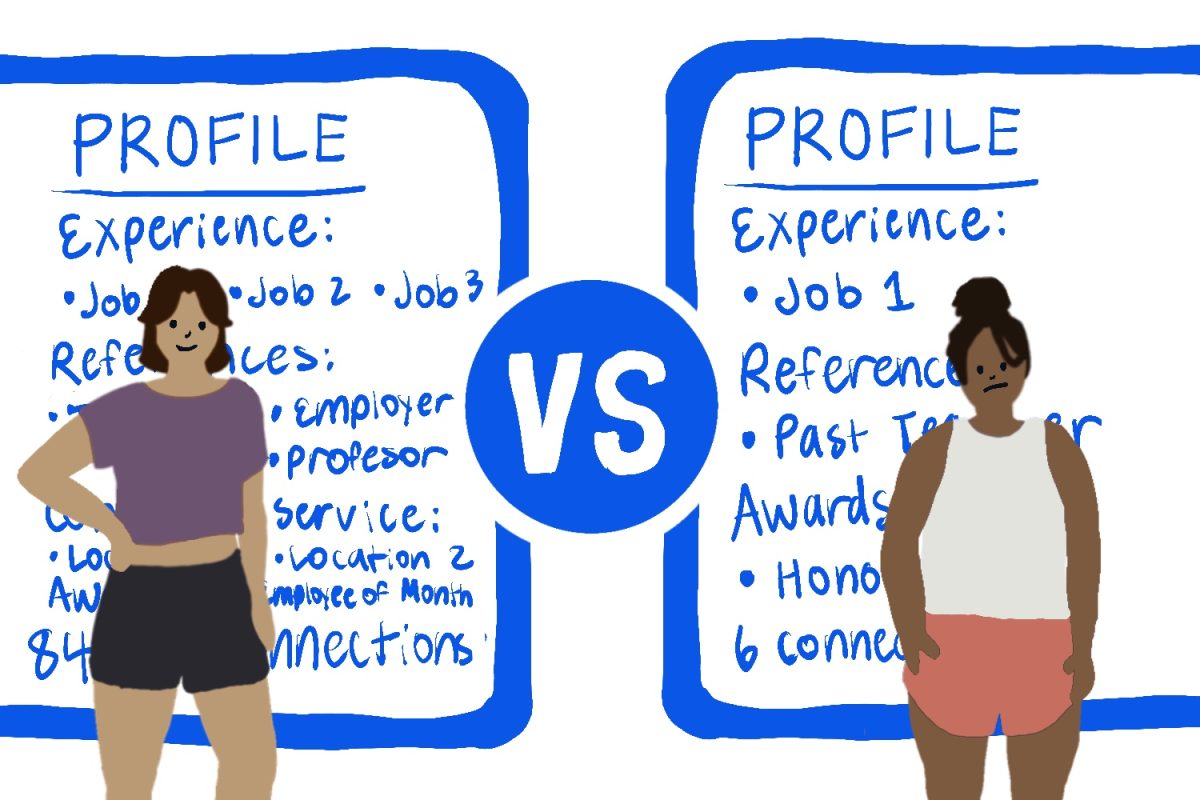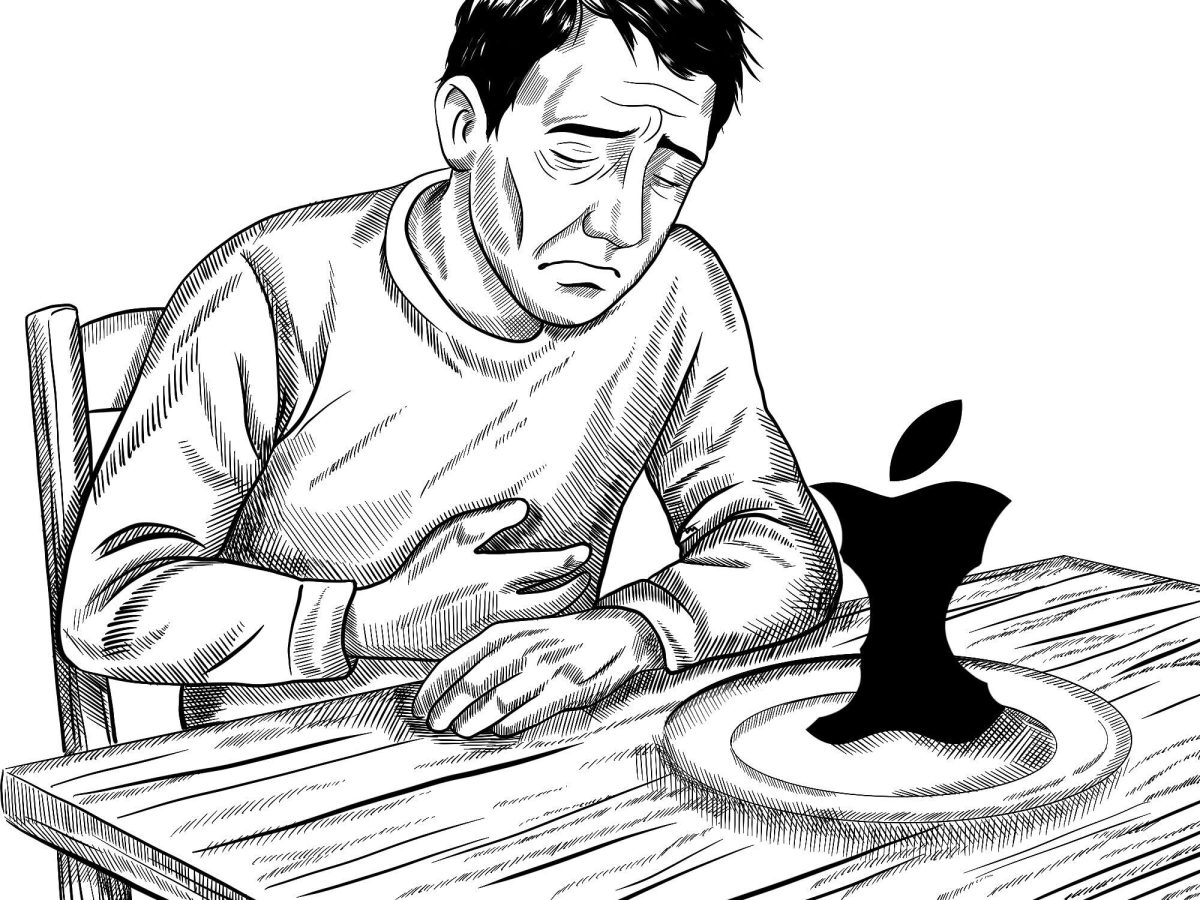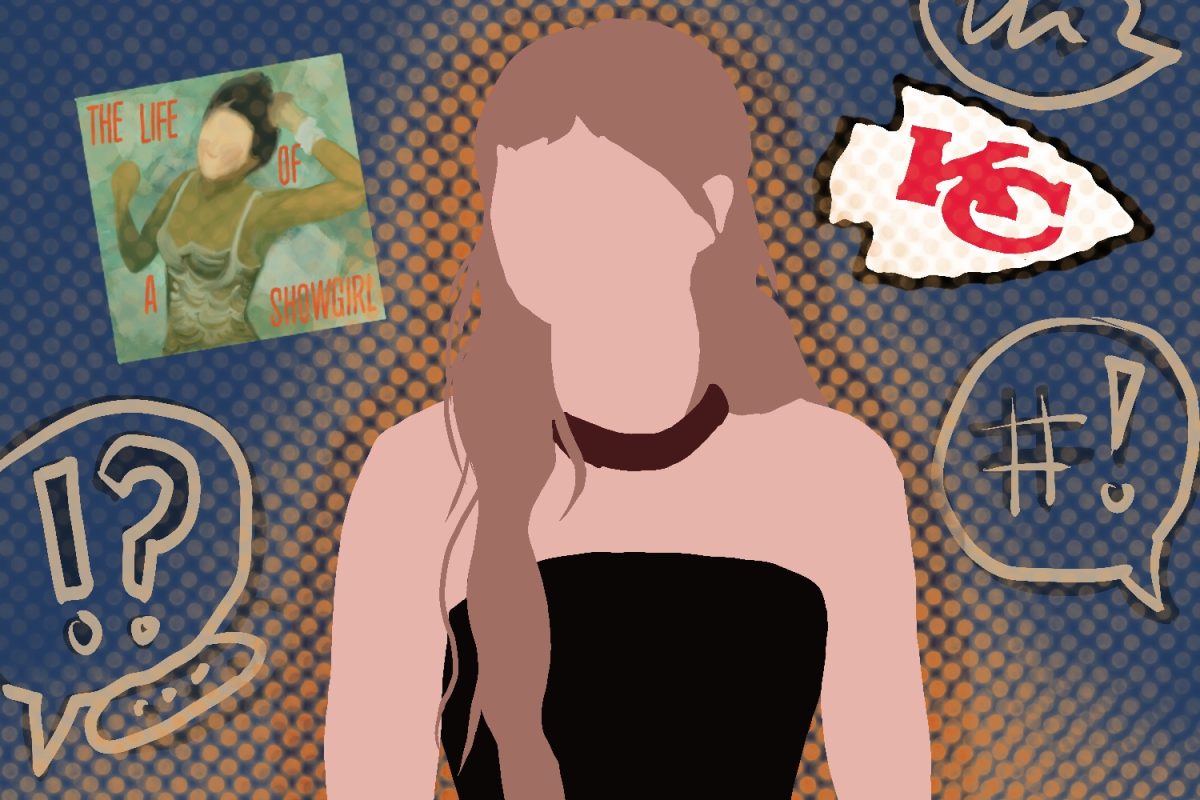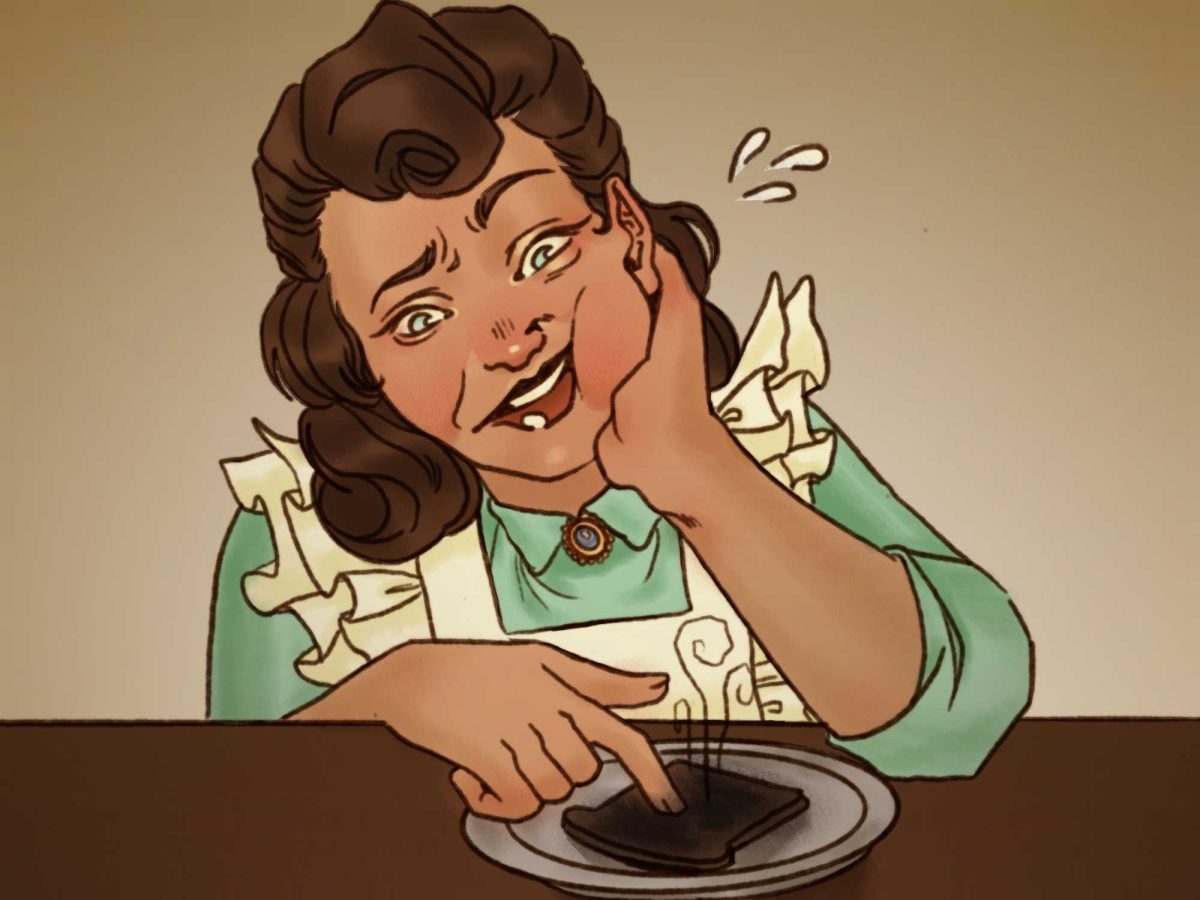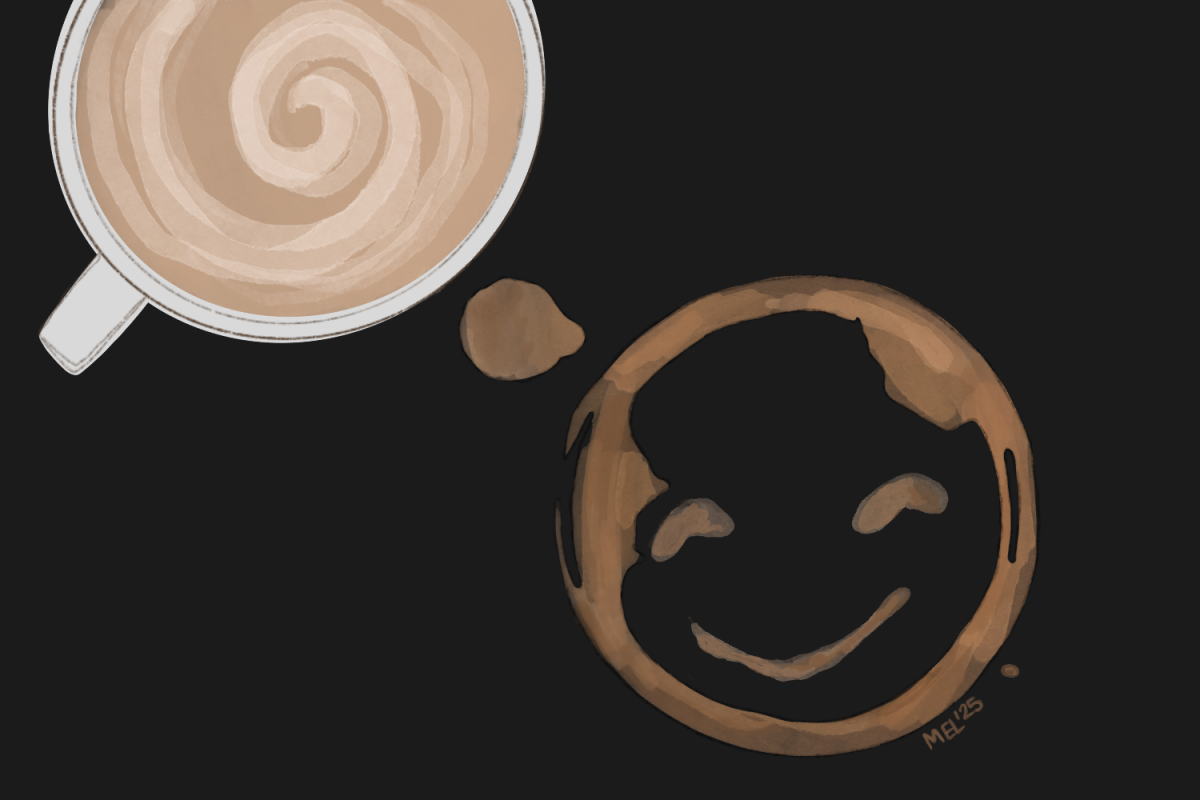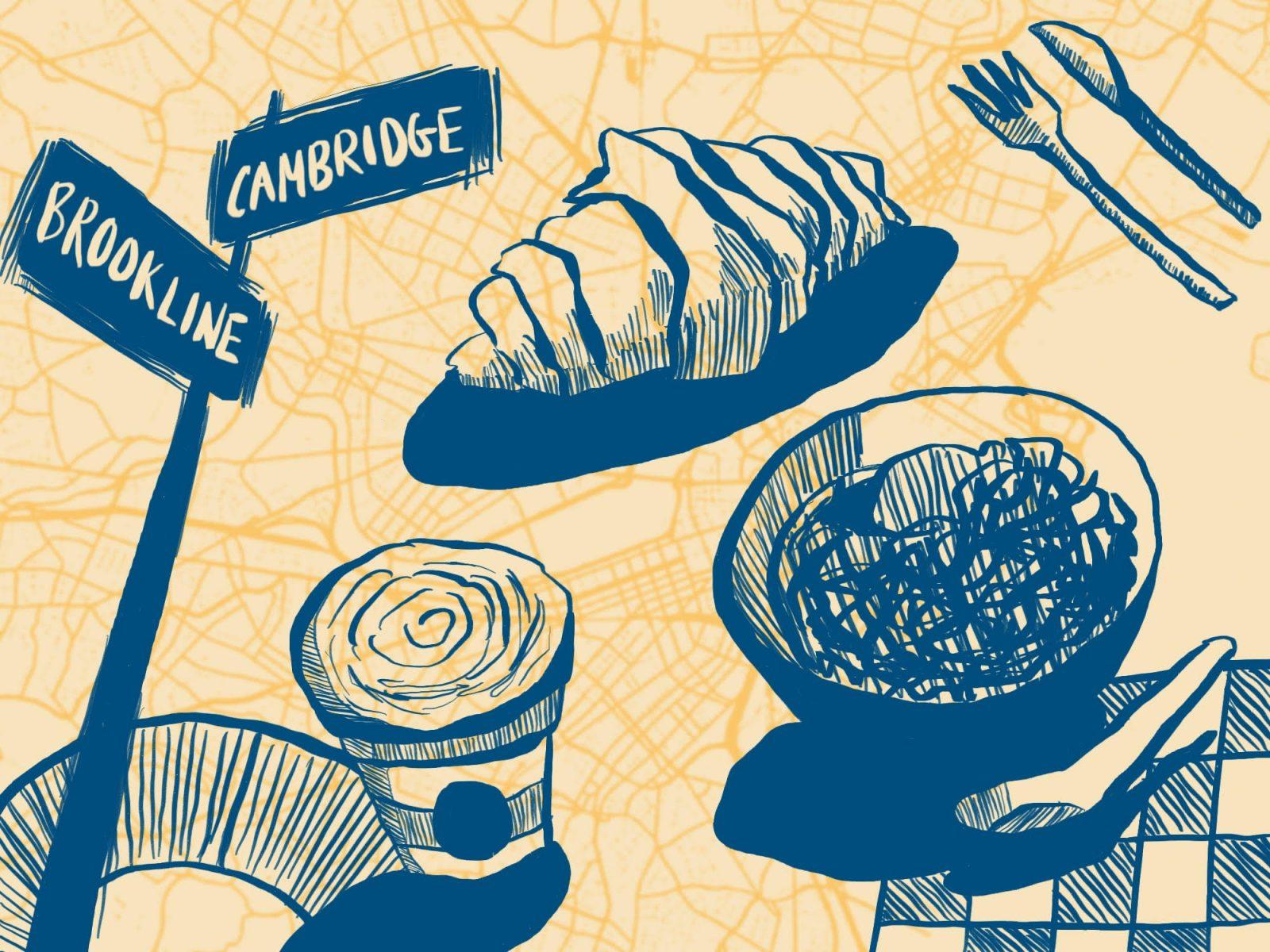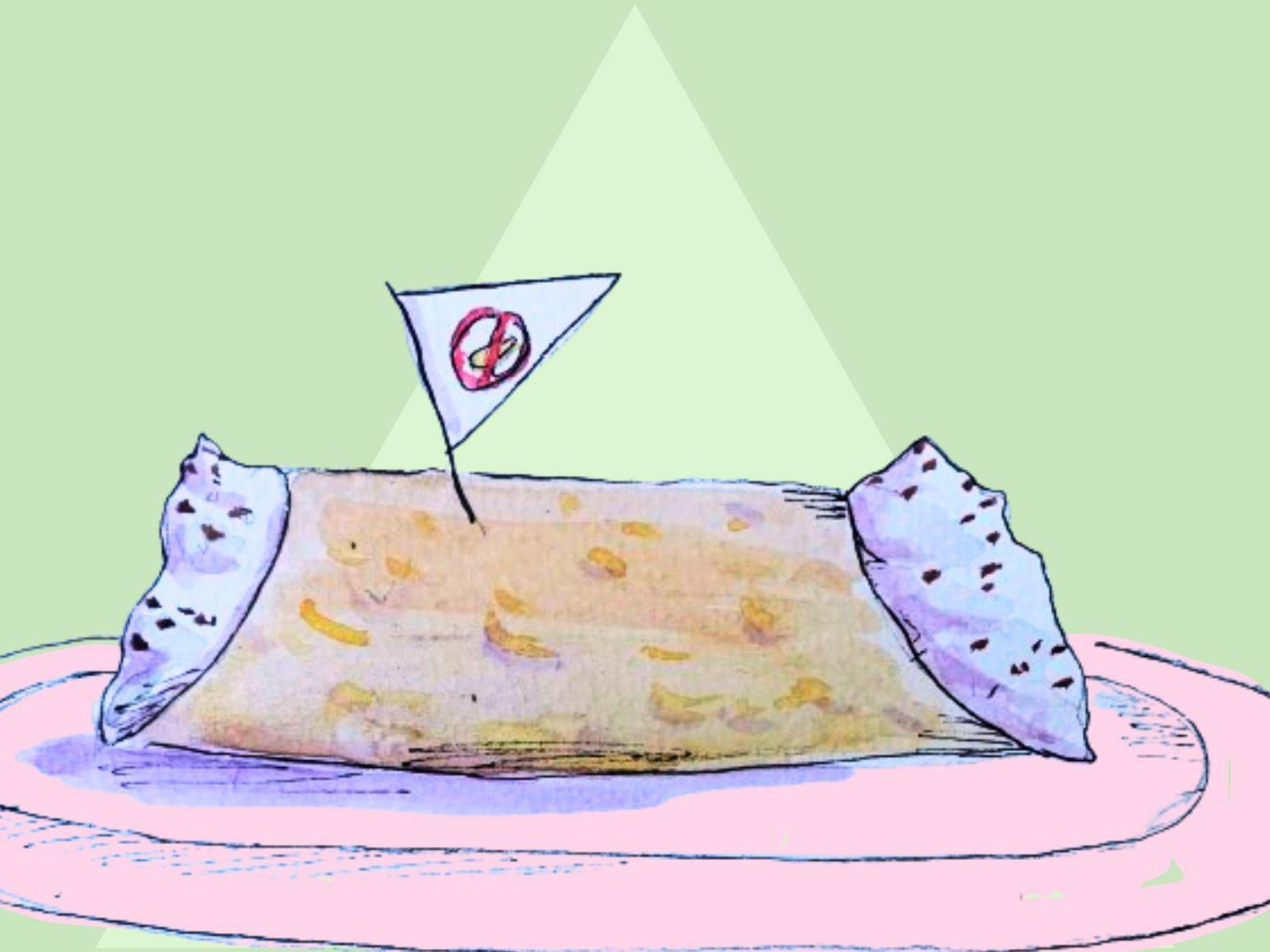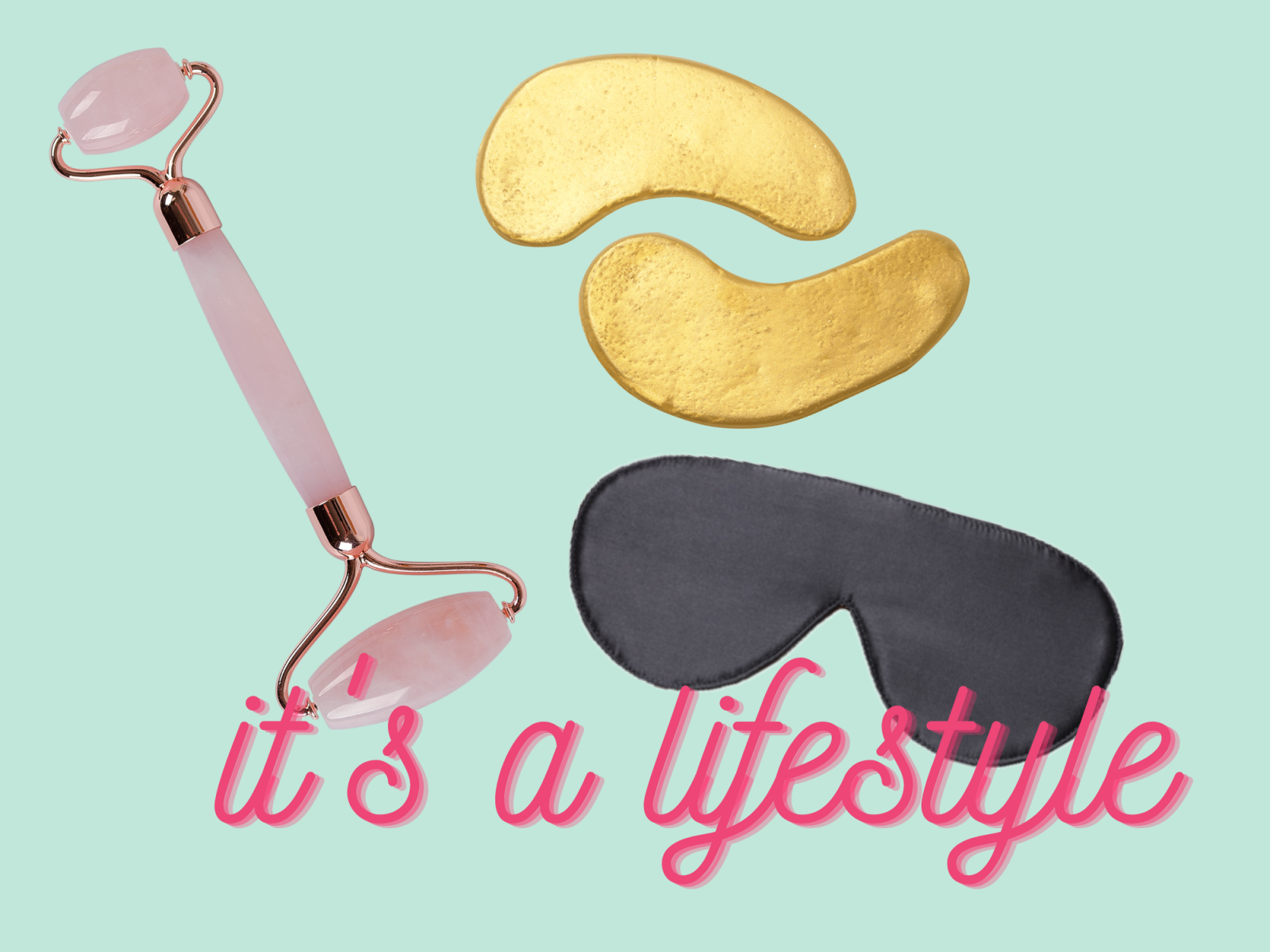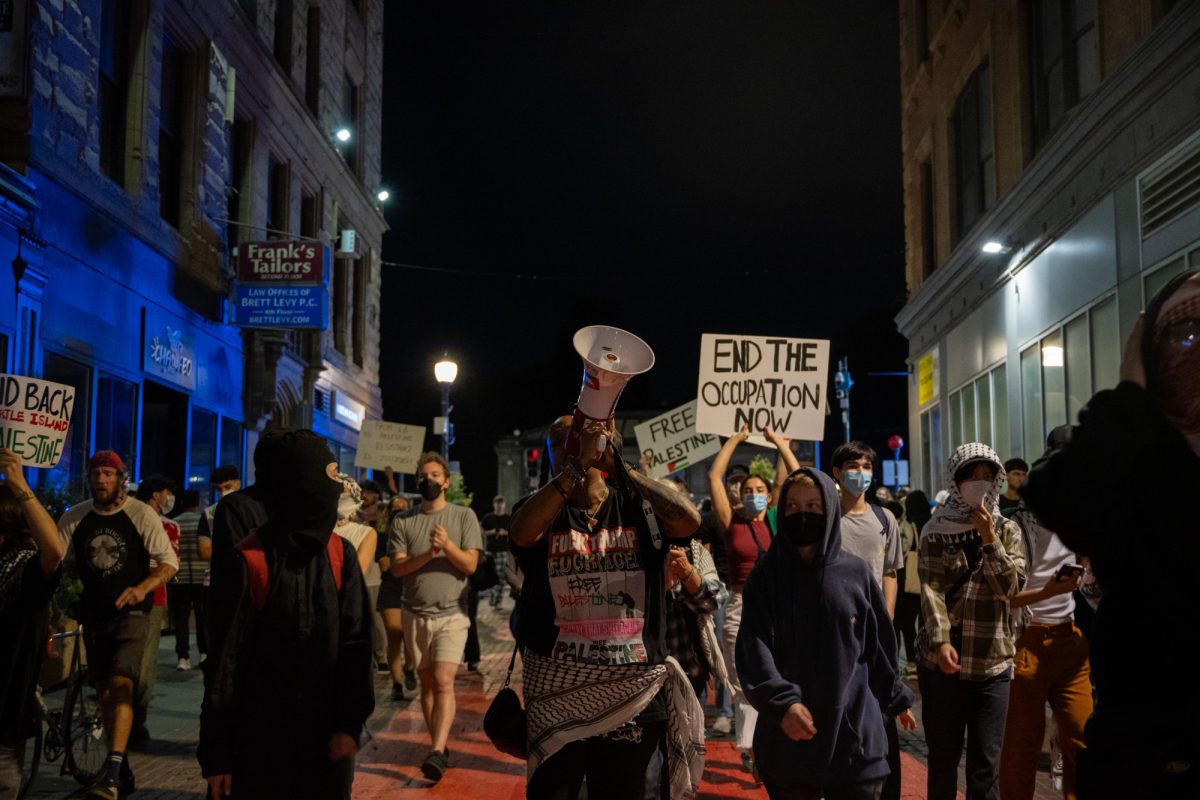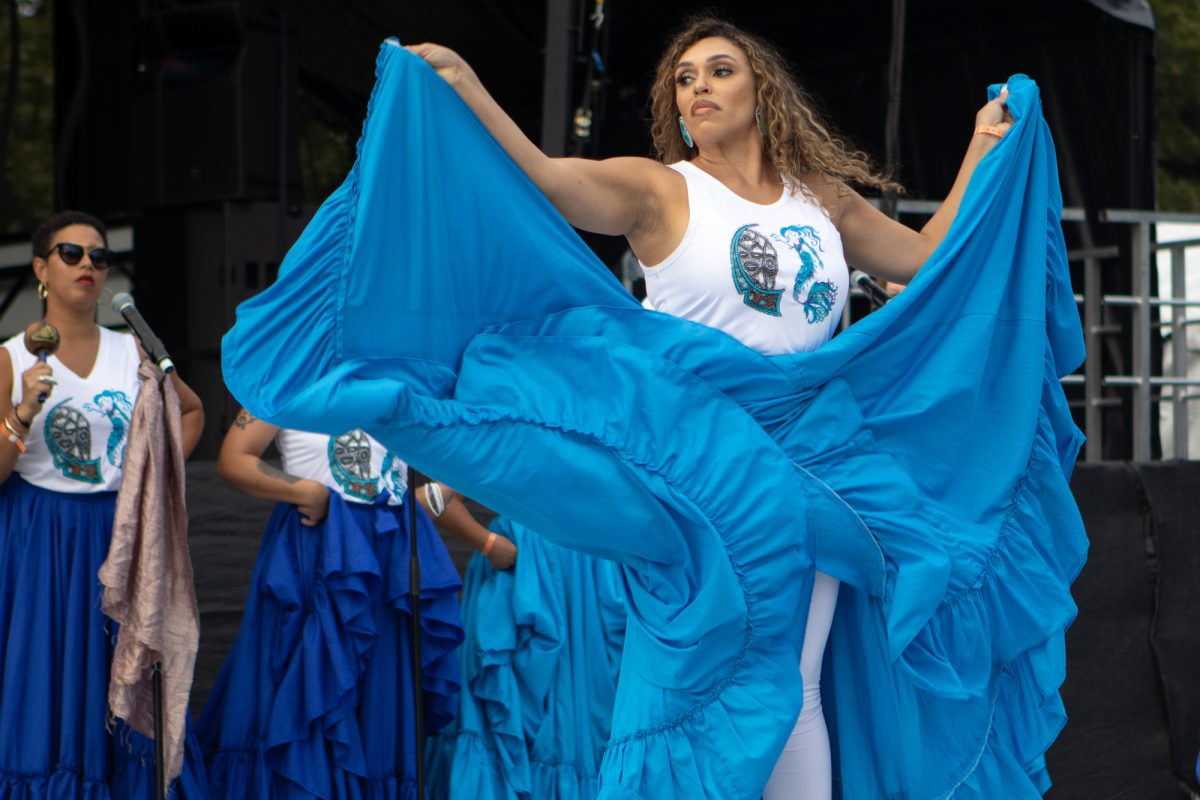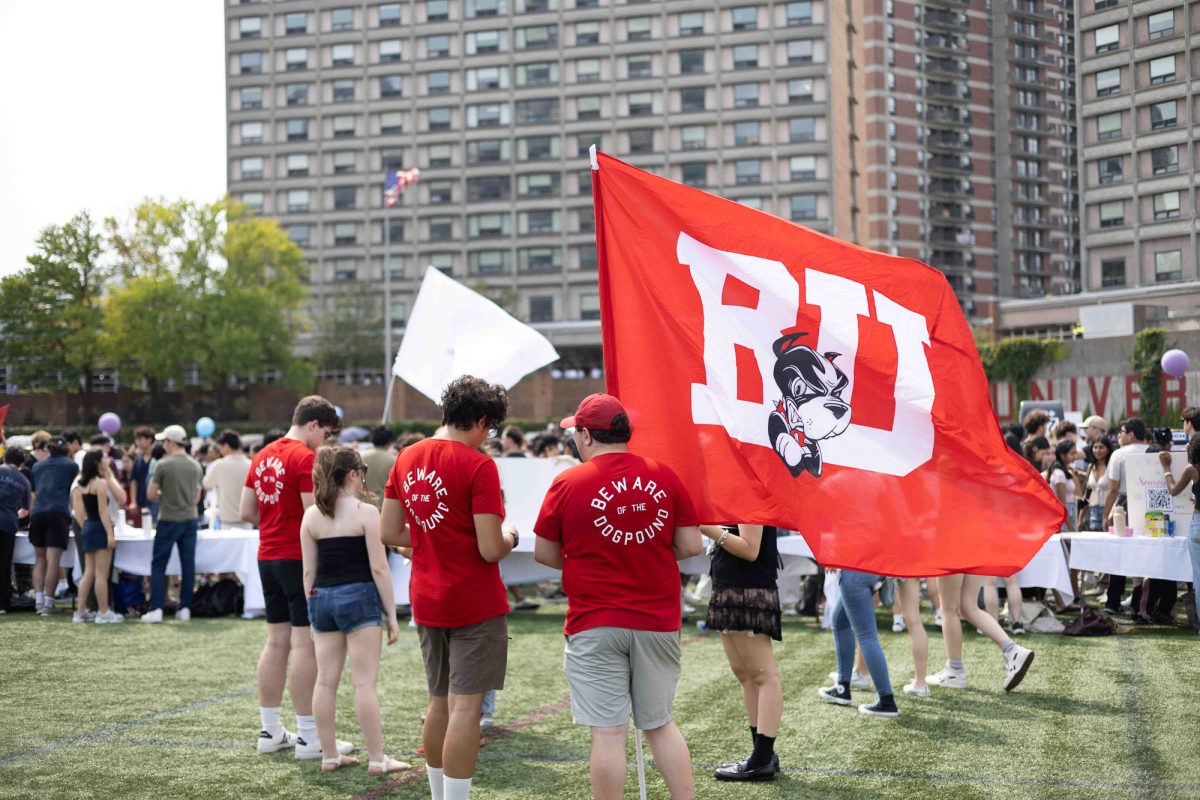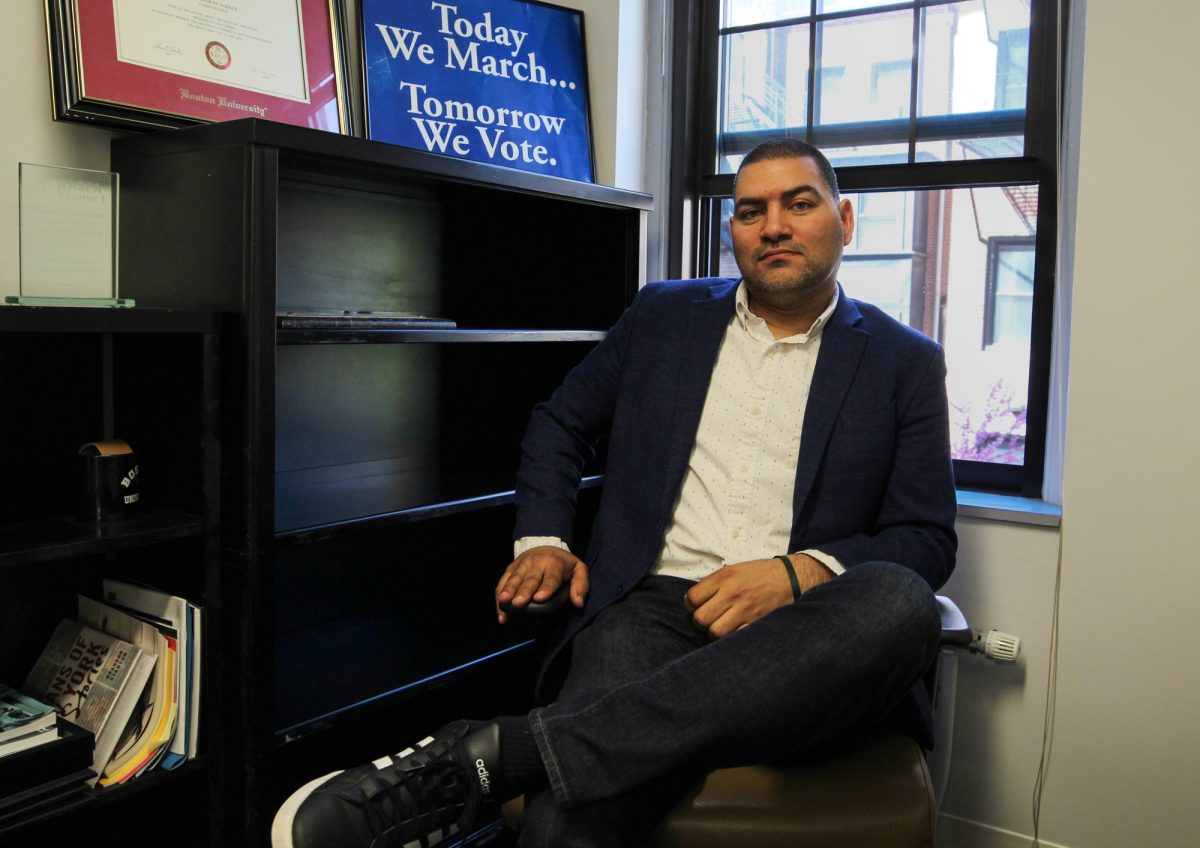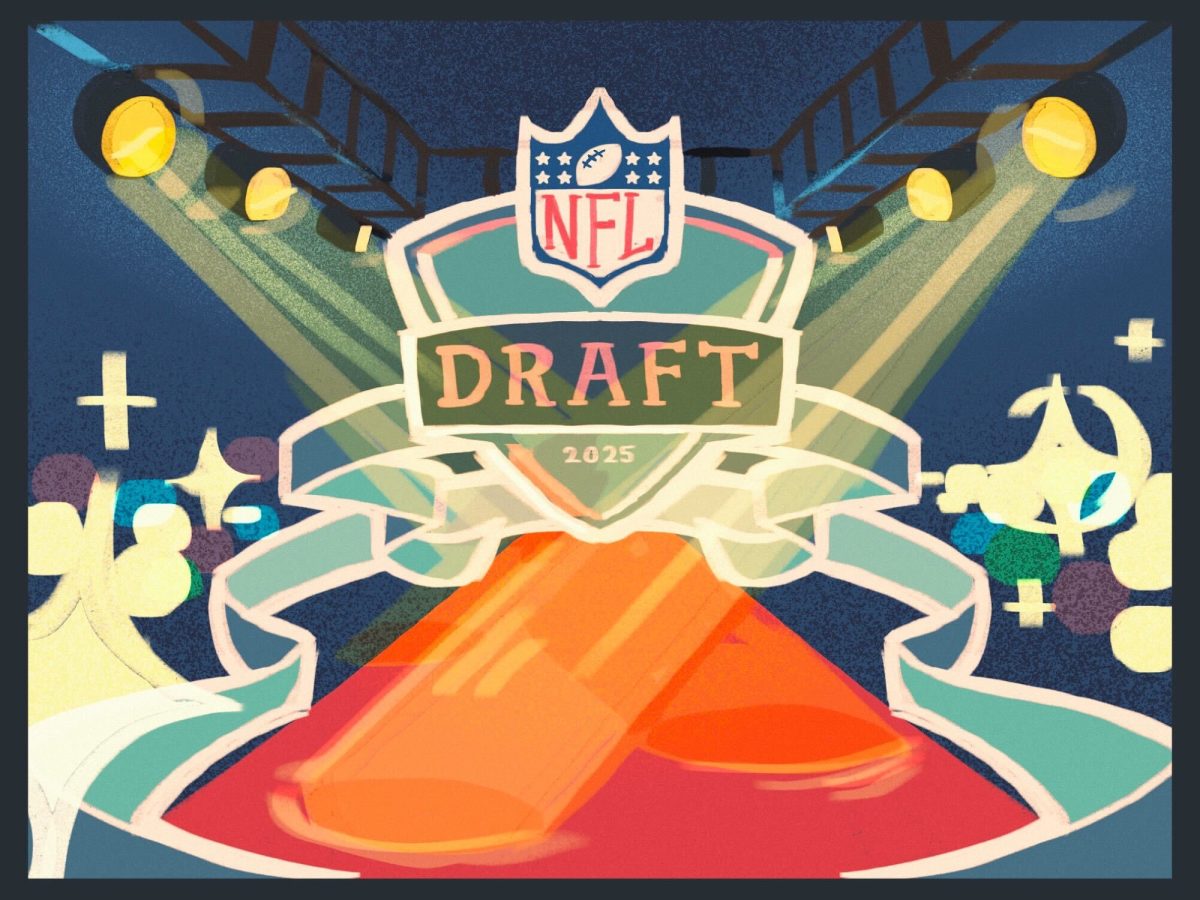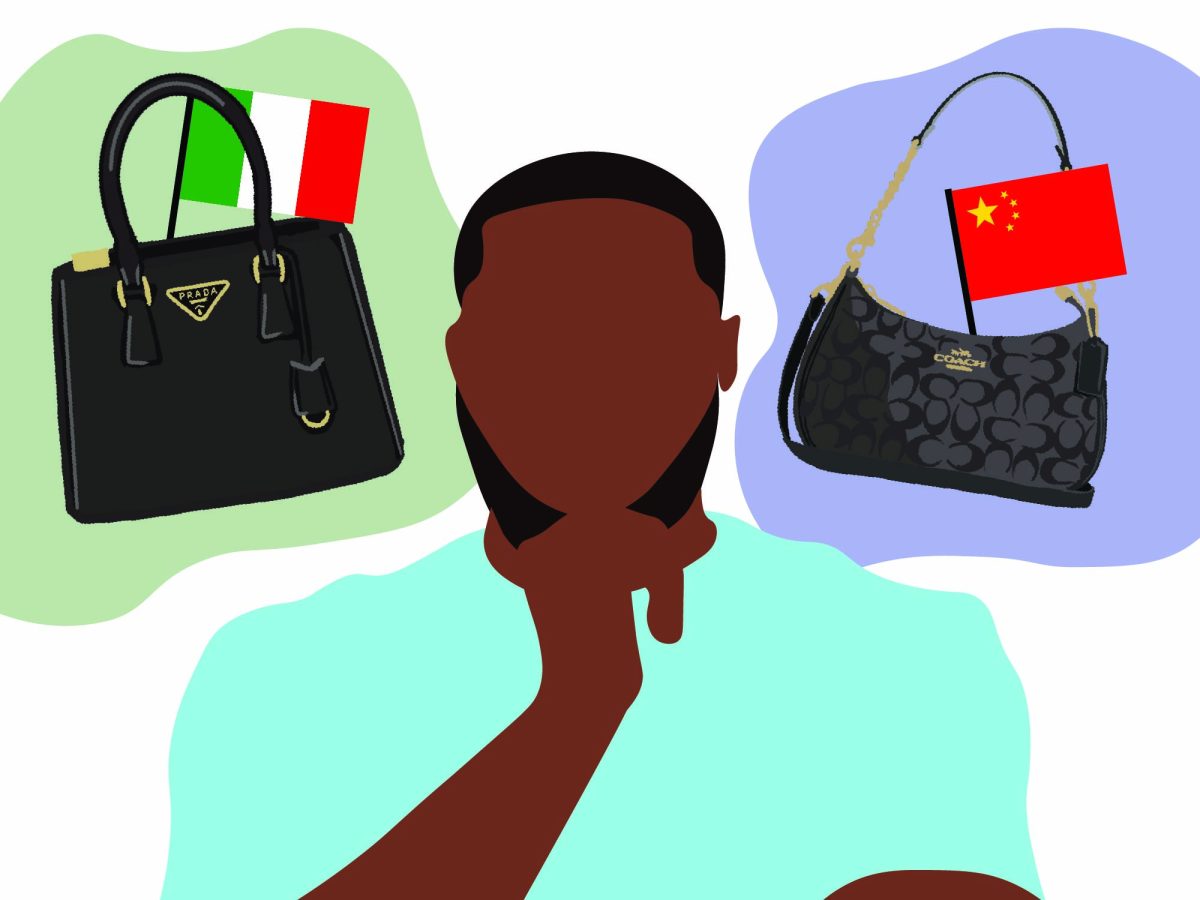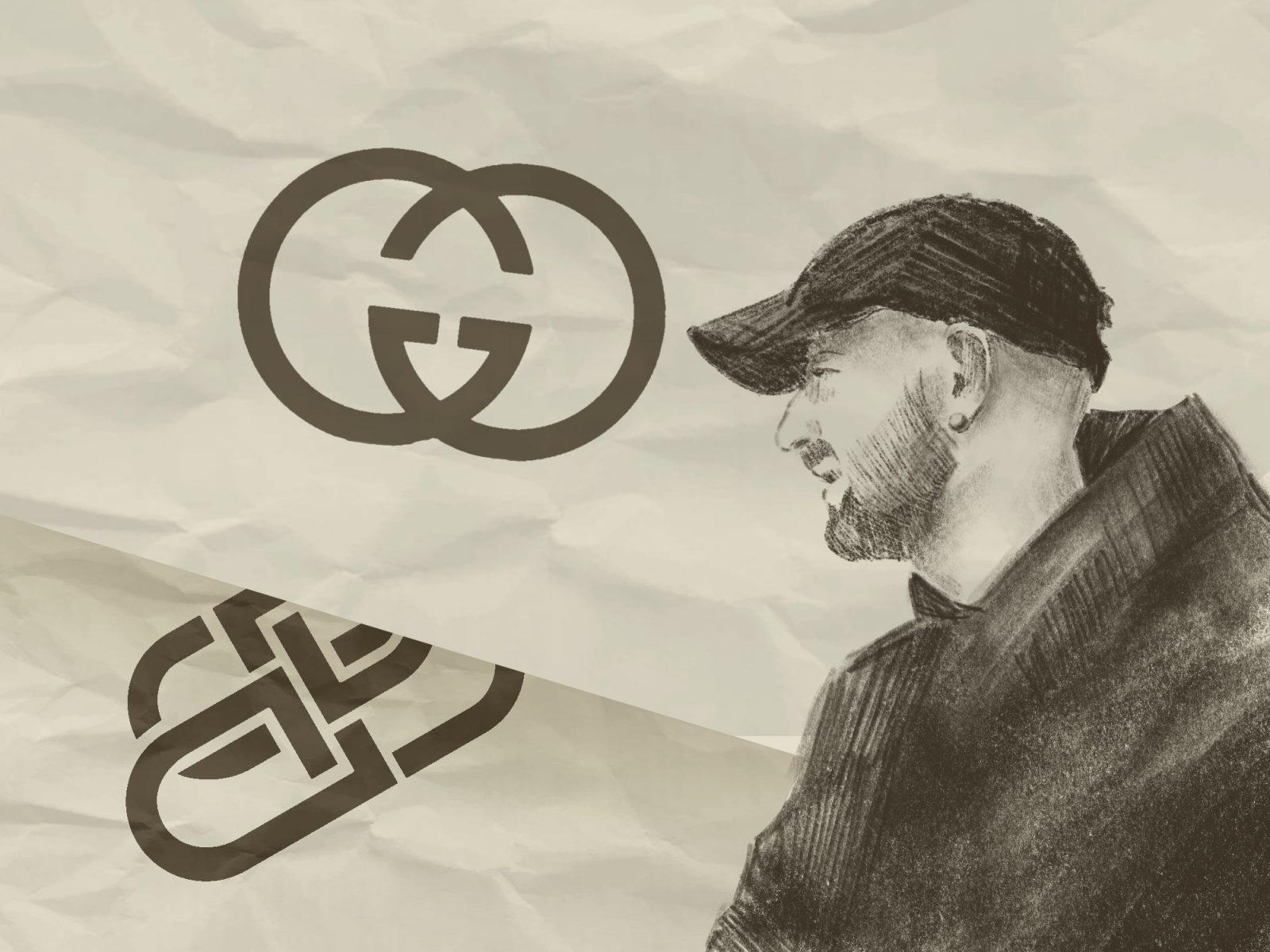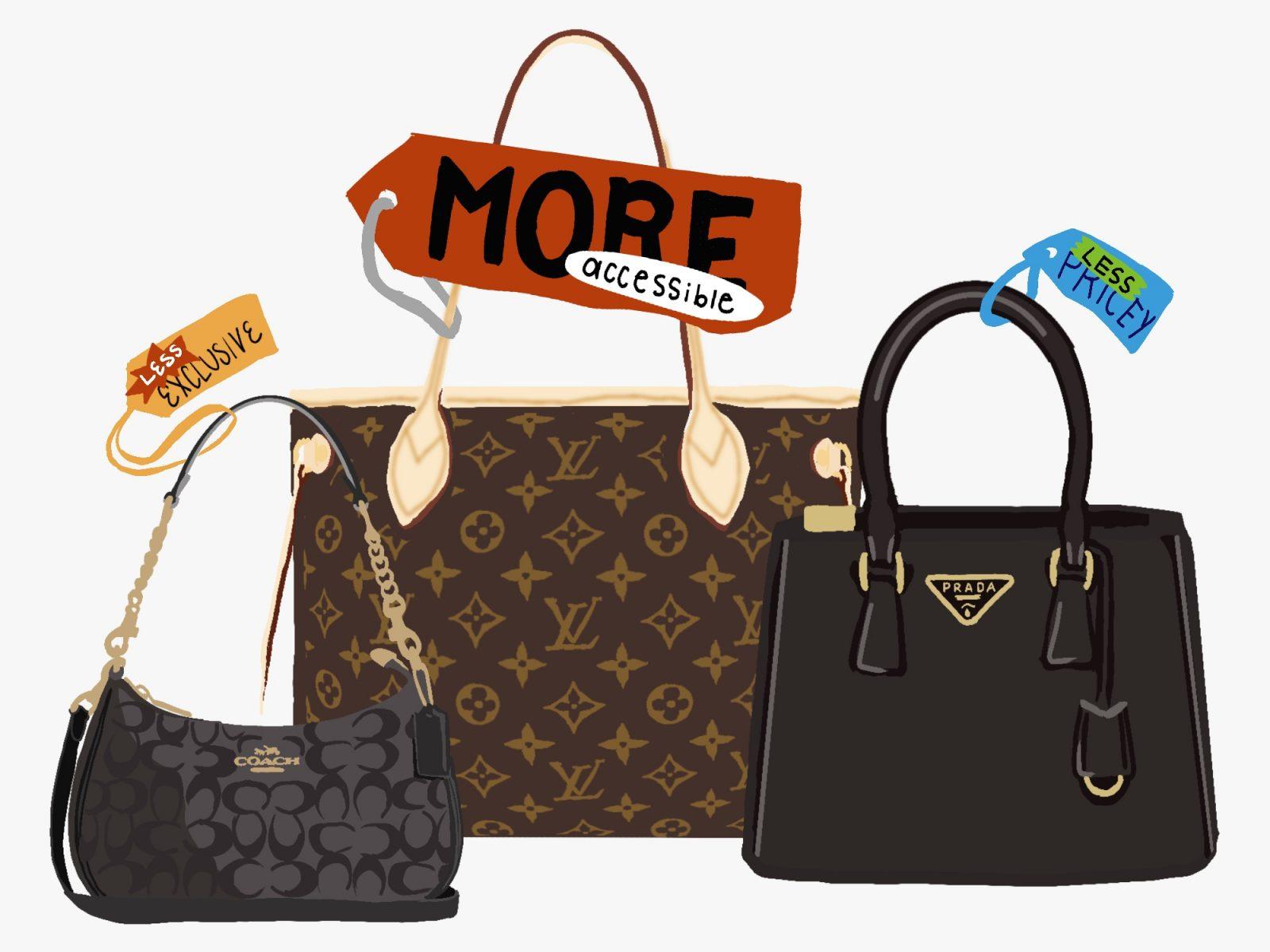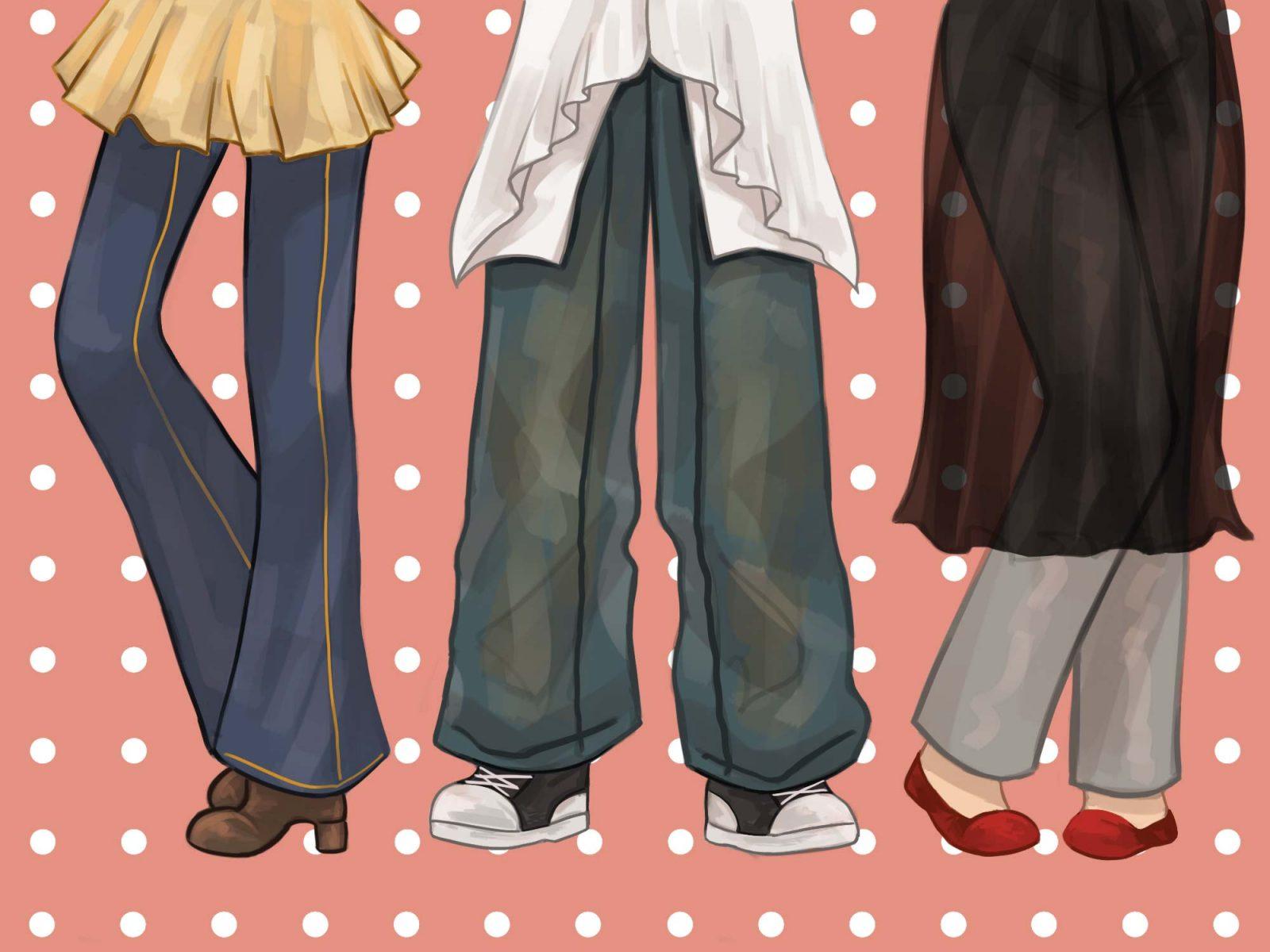Diljit Dosanjh, the Indian music superstar who brought Punjabi beats to Coachella, is challenging how we view masculinity.
From diamond encrusted jewelry and sequined tops, to Chanel pieces and pearls, Dosanjh isn’t afraid to experiment with fashion. In the Punjabi music world, saturated with artists in baggy outfits and chauvinism, Dosanjh’s choice to include traditionally feminine pieces into his looks feels particularly refreshing.

But he’s not alone.
Between actor Pedro Pascal’s thigh-high leather boots and Formula 1 driver Lewis Hamilton’s recent collaboration with Lululemon, there’s an emerging group of male celebrities experimenting with fashion, especially pieces traditionally marketed towards women.
What sets these men apart is that they continue to be viewed as traditionally masculine figures — even while pushing fashion boundaries.
You don’t need to look further than a March GQ article that called Pedro Pascal a “fashion daddy,” or Pharell Williams’ appearance at a fashion show while wearing flared jeans and a Louis Vuitton handbag he designed — wife and son in tow. It’s clear that exploring feminine fits has in no way taken away from these men’s heteronormative sex appeal.
At first glance, this seems revolutionary.
After the recent social media deluge of pink-clad trad wives and “alpha male podcasters” in dark suits, is it really possible for men to still be seen as masculine while overturning the gender binaries alt-right social media pipelines force down our throats?
In reality, it’s not so new. Men have reinforced their masculinity and social dominance through flamboyant outfits since ancient times.
Take for example, Ancient Egypt. Jewels and other artifacts indicated a man’s social status — noblemen accessorized with shin coverings, bracelets and armlets. The more opulent the materials, the more powerful and prosperous the man.
A similar phenomenon took place centuries later in Europe. While he wasn’t busy killing off his wives, Henry VIII strategically used fashion to cement his power. When he ascended to the throne as only a teenager, he wore padded sleeves that emphasized his shoulders to boost his image of virility and masculinity.
His garments featured slits in the fabric that revealed layers of sumptuous clothing underneath. The skirt-like bases at the bottom of his garments also opened at the front to reveal a protruding codpiece. I’ll spare you the details, but safe to say it was placed in an area that enforced his image as a virile king.
Over in France, Louis XIV was frequently depicted in luscious fabrics, jewels and — in a fashion choice that could give Loubitons a run for their money — his signature red-heeled shoes.
Louis XIV’s clothing highlighted his privilege and divine right to rule, but it also allowed him to control French nobility. As the result of strict dress codes that pressured nobility to buy lavish clothing, these historically unruly nobles remained paralyzed by debt.
Finally, in a stunt worthy of an honorary marketing degree, Louis XIV turned getting himself dressed in the morning into a ceremonial event. Nobles were then chosen to watch him don his luxurious garments, spending their time on the 17th-century equivalent of a “Get Ready With Me” video rather than rebelling against him.
The link between masculinity, power and fashion extends far beyond Europe.
In the early 20th century, the Maharajas of Patiala in British India wore grand diamond necklaces made by Cartier. A 1906 painting of the Maharaja of Mysore shows him donning shining earrings, numerous strands of pearls and shining fabric in a soft pink color.
Now, pearl necklaces might make you think of your grandmother, and Cartier of its teen-Youtuber-turned-brand-ambassador Emma Chamberlain.
However, for Indian Maharajas, these sumptuous pieces allowed them to preserve power. In fact, lavish displays of wealth intimidated rival kingdoms and fostered domestic loyalty by providing spectacles for royal subjects to enjoy.
In all of this, there’s one important takeaway.
From Maharaja Bhupinder Singh of Patiala to Louis XIV, it was precisely those aspects of fashion we now consider hyper-feminine — shiny fabrics, diamonds, pearls, furs, heels — which cemented male rulers’ dominance and status.
So if Henry VIII could trigger the English Reformation wearing white fur and jewels, are we really so surprised that the same A$AP Rocky currently embroiled in a gun assault trial wears powder pink suits and Gucci headscarves on the red carpet?
That’s not to say we shouldn’t applaud male celebrities for pushing fashion boundaries.
Whether or not King Ranjit Singh once wore the legendary Koh-i-Noor diamond as an armlet, the fact remains that today, fashion is generally seen as a feminine interest.
What’s more, while showing that caring about fashion doesn’t have to be restricted by gender, some celebrities are also taking their engagements beyond performative outfits. Dosanjh has spoken out in support of women farmers in Punjab, and Pascal is known to be a strong advocate for women’s and LGBTQ+ rights.
Even so, we can’t ignore how the rise of stylish male celebrities follows a long tradition of powerful men asserting their dominance through flamboyant fashion.
Hamilton and Dosanjh gain huge amounts of money and fame from their brand partnerships and snazzy red carpet appearances. In my eyes, that’s not so different from historical rulers who assured loyalty and power through opulent outfits.
At least this time around, it’s a heartthrob singer rather than a tyrannical king.



